
The Great Pagoda in Chidambaram, India By Carel Frederik Reimer, 1774. Source – Rijksmuseum, Netherlands.
One of the key petitioners in the Ayodhya title dispute was Bhagwan Sri Ram Virajman. This petitioner was unique, for he was no mortal man, but God Ram himself. In the dispute, he asserted his ownership over the disputed land underneath the Babri Masjid. How did God Ram find his way down from heaven to Allahabad High Court and later, to the Supreme Court of India to plead his case?
The Indian judicial system, historically, has recognised Hindu gods as juristic persons or entities in the court of law—most commonly in the form of an idol. This allows the idol to exercise certain rights that are enjoyed by citizens of the country such as participating in litigation, owning property, and incurring financial obligations. However omnipotent or divine the idol may be, as a petitioner to the court, it is considered to be a perpetual minor and has to be represented by a ‘next friend’. This ‘friend’ is any person having attained majority who ascertains what’s best for the ‘minor’ in question AKA, the idol. This process is similar to how corporations are treated as juristic persons and awarded some rights of citizens in court. However, unlike corporations, religious deities being conferred juristic personhood is a unique feature of the Indian legal system.
The question of how exactly this feature came about in Indian law is answered in the excerpt below by Dr. Richard. H. Davis. Graduating from the prestigious SALS department (South Asian Languages and Civilisations), at the University of Chicago, Dr. Davis over his career has written extensively on classical and mediaeval Hinduism, Sanskrit, South Asian visual culture, and Indian History more broadly. He currently works at Bard College as the Professor Emeritus and Research Professor of Religion. In this essay, he traces this unique legal feature’s genealogy.
The essay is split into two sections. First, he traces the pre-colonial histories of the South Indian temple and Dharamasastras, from which this feature germinated. After this, he analyses how colonial law drew from this pre-colonial history and reformulated it in crucial ways, resulting in the legal feature as we know it today.
Through the feature of juristic personhood, the essay in its concluding pages sheds light on how colonial and by extension post-colonial law was formed through a complex negotiation between European knowledge systems and local Indian legal traditions and lived practices. While attempting to respect local tradition, which was largely a selective tradition defined from the vantage point of the upper caste, specifically Brahmin pandits, the endpoint of this negotiation led to something completely new, neither British nor Brahminical.
As Dr. Davis writes “the legal system that grew out of British administrative application of Dharmastra principles was in fact a complex colonial-period hybrid. Not just Dharmastra, but also Roman, British, and Muslim legal concepts were drawn on by both British and Indian jurists, in new institutional settings created by British rulers, resulting in something altogether different from anything Manu and Medhtithi could have imagined.”
We believe this chapter holds importance in improving our understanding of legal disputes around temple deities such as Ram Lalla of Ayodhya and Ayappan of Sabrimala by allowing us to understand the legal tenets that govern the nature, agency, and rights of a Hindu temple deity in law. Another strength of the essay is that it does not over-leverage the colonial history of the mediaeval Hindu law and lived practices. Lastly, the essay manages its task briefly and is written accessibly.
“Sueing Shiva Dismays Dealers,” read the headline in the Sunday Times of London, February 21, 1988. The Hindu god Śiva, it appeared, had come to the old imperial capital to bring a suit before the Queen’s Bench for the return of his stolen property. It seemed to be a classic man-bites-dog story, and the Times reporter Alison Beckett emphasized the exotic quality of the court case.
The case was a bizarre enough event in itself. It was brought by the God Shiva against the Metropolitan Police and the Bumper Development Corporation of Alberta, Canada, for the return of an eleventh century bronze dancing figure of the god. Since he could not actually appear, Shiva was represented by the Indian government and, on paper, by the Shiva Lingam, a cylindrical stone phallus, the deity’s main physical manifestation in any Shiva temple – although the phallus was not produced in court. (Beckett 1988: 9C)
The object in question, the Pathur Natarāja, had been accidentally dug up in 1976 in a small hamlet in southern India by a landless laborer, sold to a local buyer for about Rs. 200 (about US $15 at the exchange rate of the time), and then transmitted through an underground network of clandestine antiquities dealers until it reached London. There a Canadian businessman and art collector, Robert Borden, purchased the Natarāja for something around £250,000. Before the image went on to Canada, however, it was sent over to the British Museum for cleaning. There, suspicions were raised that the Natarāja was in fact a stolen art object, and Scotland Yard impounded the Pathur Natarāja. At this point, Borden’s firm issued a writ for return of the sculpture, on the grounds that he had purchased it in good faith. The Indian government then joined in with a counterclaim. The Union of India alleged that the Natarāja that Borden had purchased was in fact one stolen from Pathur and illegally smuggled to London. They became the plaintiff seeking return of stolen property, while the Bumper Corporation headed by Borden was the defendant seeking to maintain possession of it. But there was a legal problem here. Did the Indian government in fact have any legal claim to this object? Here is where the god Śiva entered into the case. He would appear as the former “owner” of his own property, namely the Natarāja icon depicting one of his many manifest forms, and act as plaintiff, with the Indian government serving only as “technical plaintiff.” The Indian case identified Śiva as a “juristic personality” who could own property and seek its lawful return when expropriated. And with the decision of Justice Anthony Kennedy, Śiva’s claim was affirmed.
The legal victory of Śiva and the Indian government in a British court caused consternation among the art dealers and museums of the United Kingdom, as Beckett reported. She quoted Anthony Gardner, an Indian specialist at Spinks, on the new anxieties: “Anyone contemplating buying a Shiva Nataraja in the future is going to think very carefully about its history, or else risk a writ from Shiva.”
In the twenty years since Śiva’s successful suit, the cultural politics of the international art market have certainly become hotly contested. Every week, it seems, newspapers report on another case involving illegally smuggled art works and claims for their repatriation. In this essay, however, I wish to focus on the most distinctive element of the Pathur Natarāja case: Śiva’s appearance in court as a juristic agent. The Times report highlighted the “bizarre” quality of this, but I will argue that Śiva’s actions here provide a valuable point of departure for exploring the intricate and conflictual interrelations of medieval South Indian temple practices, the classical Indian legal discourse of the Dharmaśāstra tradition, and the efforts of British and Indian jurists of the colonial period to articulate appropriate legal principles to govern Hindu religious institutions.
A medieval bronze image like the Pathur Natarāja, fabricated in the twelfth century for a small Hindu Śaiva temple in southern India, would have served primarily as a processional icon. The main object of worship in the Pathur temple would have been a Śivalinga, a non-anthropomorphic stone icon fixed at the center of the inner sanctum of the temple. (By the 1970s, when the Pathur Natarāja was disinterred, the temple had fallen into disrepair. Fragments of the original stone linga were found in the ground near the temple ruins, but it was no longer usable for ritual purposes.) As the principal cultic object, the Śivalinga would have received daily offerings of worship, known as pūjā, performed by priests on behalf of the entire local community. It is important to emphasize that the Śivalinga was not simply a symbolic object of worship. According to local Śaiva premises as articulated in priestly guidebooks (or āgamas), the linga should be regarded and treated as a living instantiation of the god Śiva. Local devotees considered the linga to be the god himself, as he made himself present in this particular community, for the benefit of his votaries. Śiva was a universal god who also made himself manifest in many local temples throughout southern India and beyond, in the form of icons fabricated by humans to receive his divine presence.
As well as being a manifestation of the universal god, the local embodiment of Śiva was regarded as the “lord” and “owner” (Skt. svāmin, Tamil udaiyār) of the temple and all its properties. In the medieval South Indian context, these properties might be quite extensive, for the temples acted as economic centers within their society. They received gifts of money, goods, and land; they leased or sold land to receive commodities needed for ritual; they employed persons to supply provisions and carry out all necessary ceremonial activities. The properties of the temple owned by the deity could include also the various additional icons, such as the images taken in procession during the regular temple festivals. In this sense it is appropriate to imagine that the Pathur Natarāja would once have been considered a “property” belonging to the central Śivalinga of the Pathur temple.
We can construct a clearer picture of medieval temple practices and their underlying cultural presuppositions from inscriptions. On the walls of most old temples in southern India may be found numerous epigraphs carved permanently into the stone. These inscriptional texts deal predominantly with the affairs of the temple. This profuse corpus of documents can tell us a great deal about the presuppositions and practices of the medieval South Indians who originally composed them.
The key tenet that lies at the foundation of the great corpus of medieval South Indian inscriptions is that the central images or icons of Hindu temples were identified as living deities. The inscriptional texts regularly refer to and address these divine persons by name. Usually the deity’s name includes the location of the deity, as the “Lord of such-and-such a place,” or alternatively the name of the temple itself. In the common phrasing, the god “is pleased to dwell” in the earthly temple. There are no locutions that might suggest a distinction between the icon and the deity. Rather, the inscriptions consider the enlivened icon to be a living personal deity, a localized instantiation of a universal god (whether Śiva, Visnu, the Goddess, or some other divine figure) who also lives in many other places, in other localized manifestations.
The Śrīvaisnava school of medieval South India articulated this tenet as Visnu’s “icon incarnations” (arcā-avatāra). For the Śrīvaisnava theologians, the god Visnu makes himself present and accessible to human worshipers through various incarnations. They identify several types or categories of incarnations. At times he becomes incarnate in the anthropomorphic and zoomorphic forms we know as Rāma, Krsna, the Tortoise, the Boar, and others. He manifests himself as an “inner controller” (antaryāmin) in the hearts of his human devotees. And Visnu also enters into and enlivens the naturally occurring and human-fabricated icons that serve as the supports for his divine presence in shrines and temples. These are Visnu’s icon incarnations, just as real and animate as any other.
As a living being, the central deity of a temple acts as recipient of all the gifts (devadāna) that devotees donate to the institution. These gifts begin with the temple itself, as the palatial habitation fabricated to house the deity, and they include the ancillary images that share the residence. The gifts would also include grants of land whose revenue would be used to provide the material support for the ritual ceremonies of honoring and celebrating the iconic deity at the center of all temple transactions.
The recipient of all these gifts also becomes their proprietor or owner. The inscriptions generally take for granted the god’s ownership of the temple and its properties. The deity, like any lord or property owner, need not always administer his or her properties directly.
In some inscriptions from Śaiva temples, another semi-divinity in image form, Can˙ d.eśa, acts as the assigned administrator (nibandhana) for the temple possessions of his lord and master, Śiva. More practically, various human agents take care of the material transactions involved in the administration of temple properties. These might include priests, temple trustees, village assemblies, local elites, or members of the royal family. The multiple activities of these human agents, as reflected in the prolix temple inscriptions, have enabled social historians to learn a great deal about South Indian society during medieval times. However, for our purposes, the most important underlying cultural fact is that the administrators of temple properties organized their transactions as agents dealing with possessions that belonged ultimately to the divine beings residing in the central sanctuaries of Hindu temples.
As Leslie Orr observes, these inscriptions were meant “to serve as legal documents, sanctioning the transfer of property, the undertaking of various responsibilities, and the acquisition of rights and privileges” (2006: xiii). The exhortations and avowals regularly included in the inscriptions, she points out, give the texts “the force of a charter, if not a contract.” The inscriptions point to arrangements that are to be maintained, ideally, “as long as the sun and moon endure.” But in the realm of human beings, all sorts of departures from the ideal may ensue. Properties of the gods may be mismanaged or expropriated, just as any other property. A number of inscriptions record such misappropriations and the efforts made to restore the proper order. We do not hear of temple gods suing in court in medieval South India, but there are many indications that the deities found agents among human political authorities, such as officers of the king or local authorities, to act on their behalf.
Not everyone in classical or medieval India agreed with the South Indian perspective on divine images articulated in medieval inscriptions. The primary legal literature of medieval India grows out of a different tradition of religious practice and reflects an uneasy accommodation with, or more strongly a critical skepticism toward, the conceptual bases of Hindu temple practice. Dharmaśāstra literature recognizes the Vedas as the fundamental textual source of authority, and it considers yajña, fire offerings made to immaterial divine figures, as the paradigmatic ritual means by which humans ought best to interact with the divine.
Dharmaśāstra authors and commentators certainly were aware of the common practices of Hindu image worship. A few passages in the Dharmaśāstra literature acknowledge the worship of images as a positive practice, and even set forth procedures for proper worship. For example, the Visnu Smrti prescribes the worship of Visnu Vāsudeva in the form of a divine image (devārcā) as one of the regular daily duties of a householder (VDh 65). Likewise the Baudhāyana Grhya Pariśista Sūtra, an appendix to the text of the Baudhāyana school on household rites, provides instructions for installing and worshiping images of Visnu, Śiva, and other deities (Harting 1922). While some Vedic schools evidently accepted the theistic practices of image worship and selectively incorporated these rites into their own rules of conduct, other Brahmin schools were clearly not so accommodating. Indeed, in the Dharmaśāstra literature, the predominant attitude toward worship of images was hostile. And there was good reason for this hostility, since image worship and the growing cult of temple Hinduism were supplanting the Vedic sacrificial system as the dominant form of public Hindu ritual practice in India. As Heinrich von Stietencron has argued, this shift involved a conflict within the Brahmin class, with “bitter feuds between traditionalists and innovators.”
An excellent example of a “traditionalist” perspective may be seen in the most influential of the dharmaśāstras, the Mānava Dharmaśāstra, composed around the second century CE. In his instructions for Brahmin householders, Manu does not provide any guidelines for the worship of images. However, he does take note of a new category of ritual specialist, the devalaka, a priest who attends images in a shrine or temple. He recommends that Brahmins concerned with their personal purity shun the temple priest. For instance, in the monthly ancestral offerings (śrāddha), a good Brahmin householder maintains the continuity and status of his own lineage. Therefore, Manu recommends, it is important to exclude from these rites anyone who might detract from the purity of the ritual or of the person offering it. Among those to be shunned are the devalakas: “Physicians, temple priests, meat sellers, and those who live by trade – these should be avoided at divine and ancestral offerings” (MDh 3.152). Manu cites these among a larger set of the disinvited: not only doctors and butchers, but also men with deformed nails or black teeth, people with one eye, actors, singers, gamblers, drunks, Buddhists (nāstikas), and many others should be avoided at the ceremonies of ancestral solidarity (MDh 3.150–66). In the end, Manu concludes, wise Brahmins “should avoid those lowest of the twice-born, men of despicable conduct alongside whom it is unfit to eat” (MDh 3.167).
Manu’s later commentator Kullūka gives a further reason for excluding temple priests from the śrāddha ceremonies. Kullūka glosses the term “devalaka” as “an attendant of images” (pratimā-paricāraka), and explains that they obtain their livelihood from god’s treasures. Food given to the temple deities ends up in the bellies of temple priests. Like physicians, butchers, and merchants, they act for the sake of profit, Kullūka says, not for the sake of dharma. It is noteworthy that Kullūka here accepts the tenet that gifts to a temple ought to be considered the property of the presiding deity. In this light, devalakas can be viewed as thieves who appropriate the donations given to gods to satisfy their own needs.
Later in his dharmaśāstra, Manu explains what will happen to the greedy temple priests: “If a man seizes what belongs to a god [devasva] or a Brahmin out of greed, in the next world that evil man will live on the leftovers of vultures” (MDh 11.26). Here Manu also seems to accept the theistic principle that what is given to a temple belongs to the god of that temple. For Manu’s commentators, though, it was not so simple, for the concept of deva, “god,” was itself problematic.
Manu and other Dharmaśāstra authors might seek to exclude temple priests from the ceremonies of pious Brahmins, but a more subtle and far-reaching critique of the practices of Hindu temple worship came in the definitional struggle over the category of divinity. Here we need to consider another branch of orthodox exegetical literature concerned with dharma, the Pūrva Mīmāmsā school of Jaimini and his successors. As Robert Lingat (1973) (and McCrea, in this volume) have observed, the Mīmāmsā school provided the Dharmaśāstra commentators with their basic interpretive principles. The Vedic exegesis of Mīmāmsā starts from the axiom that dharma has been established completely and authoritatively in the Vedas. The task is therefore one of interpretation. If proper human action follows directly from the words of the Vedas, the question is: Which of those words possess an injunctive force (vidhi), and which are simply rhetorical (arthavāda). The Vedas clearly enjoin humans to perform sacrifice, but what is the basis for the efficacy of this ritual practice?
The key passage here is found in Jaimini’s Pūrva Mīmāmsā Sūtras (9.1.6–10), where the Mīmāmsā master articulates two principal views of sacrificial efficacy. In the first, the “preliminary view” (pūrvapaksa), one should sacrifice to gods like Indra and Agni in order to please them with offerings. According to this viewpoint, the gods have bodies and thus are able to enjoy the material offering conveyed to them through the sacrificial fire. The powerful gods are also able to compensate those humans whose tokens of respect have pleased them. The efficacy of sacrifice, in this perspective, depends on divinities who exist outside the sacrificial action itself, and the purpose of sacrifice is to place oneself in a beneficial exchange relationship with those gods.
This reciprocal-exchange theory may well reflect the common or worldly understanding of sacrifice. However, in his second or “conclusive view” (siddhānta), Jaimini argues against it. Sacrifice does not require any outside intervention to attain its effects. Rather, sacrifice is inherently efficacious. That is, by obeying the injunction of the Veda to perform sacrifice, one attains the “intrinsic self-completion of the sacrifice,” which Mīmāmsā authors call the apūrva. If the sacrifice fulfills itself and accomplishes dharma, then there is no need to be concerned with divine agency.
The problem with excluding the Vedic gods from a role in Vedic sacrifice is that this appears to go against the contents of the Vedic texts. The hymns of the Vedas repeatedly address the gods as if they have bodies, eat and drink the sacrificial offerings, enjoy their meals, and reward the human hosts accordingly. But this, the Mīmāmsā exegetes reply, is a mistaken view. The gods do not have bodies, argues the Mīmāmsā scholar Śabara in his commentary on Jaimini’s earlier work. If they lack bodies, then they do not need the sacrificial sustenance, nor do they have the ability to reward their votaries. Śabara interprets all Vedic passages that offer anthropomorphic images of the gods as figurative or inconclusive. When the Rig Veda says “we have taken hold of Indra’s hand,” says Śabara, it means only “we depend on Indra.” This, he goes on, is just a rhetorical reinforcement (arthavāda) to the injunction (vidhi) that one should offer sacrifice to Indra. What then is left of the god Indra? In Śabara’s austere hermeneutics, the only reliable existence of the gods lies in the sound (śabda) of their names or the mantras addressed to them. “Divinity is only sound,” proclaims the Mīmāmsā school. The god Indra has no necessary existence apart from the name “Indra” and its usage in sacrificial activities compelled by the Veda and performed by humans.
The Mīmāmsā masters Jaimini and Śabara argue against a theistic understanding of the Vedic sacrifice, but their rigorous interpretation can easily be extended against the premises of Hindu image worship as well. Writing in the fifth century, Śabara was certainly aware of the growing popularity of the Hindu gods Visnu and Śiva and their expanding temples. If the worship of icons depends on the assumption that gods exist as autonomous beings and enter into physical forms like images to receive the offerings of their devotees, then Śabara’s denial of divine embodiment subverts this practice at its most fundamental level. Further, the Mīmāmsā restriction of divine agency reappears in the writings of Dharmaśāstra commentators like Medhātithi, the ninth-century Kashmiri author whose explication of Manu, the Manubhāsya, is one of the preeminent authorities in the genre.
We have seen already that Manu mentions the “property of the gods” (devasva) in the context of theft and its consequences. One who seizes the property of the gods or Brahmins, says Manu, is liable for severe punishment in the next world (MDh 11.26). Medhātithi informs us, however, that this “property of the gods” in fact belongs to humans of the three twice-born classes. Devasva denotes the wealth that has been set aside for the purpose of rituals like sacrifice directed toward the gods. But it must belong in fact to human proprietors, for it is not possible for gods to have direct ownership (sva-svāmin) of property. Divinity cannot make volitional use of wealth, nor can it exercise protection over it.
Medhātithi does recognize the more common viewpoint, that in ordinary or worldly usage (loka), devasva may indicate the property connected with four-armed images (pratimā) of the gods. However, he rejoins, the fact that one refers to the four-armed icon as an “image” indicates already that it is not itself divine. Further, there is no definition of god that can be applied to such an image. Therefore, as he has argued previously (in his comments on MDh 2.189), one must take Manu’s reference to “god’s property” as figurative (gunavāda), just as the Vedic passages referring to Indra’s hand and the like are to be understood as figurative expressions.
After surveying several Dharmaśāstra works, Günther-Dietz Sontheimer has summarized the position of the commentators succinctly: “We can see from the texts which we have cited above that the main argument against the corporality of a devatā and its capacity to hold property is derived from the pūrvamīmāmsā doctrines according to which deities are purely hypothetical entities, posited to assist in the performance of a sacrifice and subordinate to it” (1964: 68). At the same time, as Sontheimer recognizes, this placed the legal perspective of the Dharmaśāstra masters at odds with the broader public practices of Hindu temple worship: “It appears that in practice there existed no difficulty in the donor’s dedicating property to the deity, whose servants appropriated the property on behalf of the deity and used the property for the benefit of the deity. The property in the eyes of the public belonged to the deity” (1964: 69). It is difficult to know if the constrictive orthodox Dharmaśāstra interpretation of divine agency made any impact on South Indian temple practices of the medieval period. Inscriptions generally indicate that the icon-deities continued to act as lords and proprietors of the temple properties, despite the Mīmāmsā view. However, the discrepancy between Dharmaśāstra principle and public practice did pose a problem for legal theory in the colonial period. This led to the new concept of the deity as a “juristic person.”
As the British began to assume direct political rule over territories in India, starting in the mid-eighteenth century, they faced a series of practical administrative and legal quandaries. One fundamental decision was taken by Governor-General Warren Hastings, when he chose to establish the legal system of British India, as far as possible, on indigenous or Indian principles. “We have endeavoured to adapt our Regulations,” he explained to the East India Company directors in 1772, “to the Manners and Understandings of the People, and the Exigencies of the Country, adhering as closely as we are able to their ancient uses and institutions.” In the sphere of law, this required the British to seek out, and seek to understand, the existing legal codes of India. For the Hindu population, they identified the Dharmaśāstra genre as the most pertinent legal literature. The result was an extensive effort of collaborative scholarship on Dharmaśāstra literature by British administrators and Brahmin Sanskrit pandits, aimed at developing a usable “Hindu law” from the great mass of Dharmaśāstra literature. This label is not really accurate, since the legal system that grew out of British administrative application of Dharmaśāstra principles was in fact a complex colonial-period hybrid. Not just Dharmaśāstra, but also Roman, British, and Muslim legal concepts were drawn on by both British and Indian jurists, in new institutional settings created by British rulers, resulting in something altogether different from anything Manu and Medhātithi could have imagined.
Early juristic decisions of the British colonial period involving temple properties tended to allow the deities their agency and their ownership, as Sontheimer has shown (1964: 78–80). The judges of the early nineteenth century appear to have supported what they considered popular Hindu understandings and practices. However, by the late nineteenth century, Indian jurists began to revise this legal view and to grant greater weight to the Dharmaśāstra perspective. Specifically, they divested the icons of their claims to full identity. Following the Dharmaśāstra notion of “figurative” divinity, they introduced the Roman legal concept of “juristic personhood” as a way to accept the religious intentions of a donor who gave property to a temple image without accepting the donor’s theological premise that god was embodied in that image. The deity, they argued, holds property only in an “ideal sense,” since it, as a “merely artificial person,” only personifies the pious motivation of the donor. Thus they ruled out the idea underlying South Indian temple practice that deities could become embodied in physical icons, and shifted the legal focus to the intentions or motivations of human benefactors of religious institutions.
Sontheimer expertly traces the development of this new legal doctrine through a series of court cases and decisions (1964: 80–97). The results can be found in twentieth-century legal compendia of Hindu law by learned jurists like Dinshah Fardunji Mulla (Principles of Hindu Law, 1929), Satish Chandra Bagchi (Juristic Personality of Hindu Deities, 1933), and Bijan Kumar Mukherjea (The Hindu Law of Religious and Charitable Trust, 1952). Mukherjea summarizes the resulting legal status of divine images in several propositions. First, neither God nor any supernatural being can be a person in law. This means that the Supreme Being which an icon represents cannot own property in a legal sense. If it did, Mukherjea explains, then the Supreme Being of one temple icon might be able to make a claim against the Supreme Being of another. Second, the property given to a temple by its founder is disposed for the pious spiritual purposes of the donor. And third, that pious aim of the founder continues to reside in the physical icon, which represents or symbolizes that intention. Echoing Medhātithi, Mukherjea cautions that a deity can be said to exercise ownership only in a secondary or ideal sense. “The deity as owner represents nothing else but the intentions of the founder” (Mukherjea1952: 46). This is in briefest form what is meant by the juristic personhood of the divine icon.
Mukherjea’s propositions bring the economic activities of Hindu temples as “endowments and charitable trusts” within the scope of a state administrative and legal system that does not recognize the claims of gods and other supernatural beings.15 Through the notion of a god’s juristic personality, the human administrators of a temple may conduct its affairs as if the deity embodied in the icon were the actual proprietor of all its properties. The “popular view” of a divine icon’s agency may not cohere with the more restricted legal perspective of its juristic personality, but the two viewpoints can accommodate one another.
When the bronze image of dancing Śiva from Pathur, Tamil Nadu, appeared in the UK High Court in London, the Indian legal formulation of Śiva’s juristic personality reached beyond the national boundaries of India. Quoting Mukherjea’s authoritative propositions, Justice Kennedy held that Śiva, embodied in the Śivalin˙ga at the ruined Pathur temple, could act as a plaintiff, as a juristic personality embodying the pious intention of the anonymous twelfth-century founder of the temple. Further, Śiva’s claim on the bronze processional image was superior to that of Robert Borden, the Canadian collector who had purchased it in London. The image would be returned to India.
For Justice Kennedy and the lawyers directly involved in the Pathur Natarāja case, the role of the god Śiva in recovering the Natarāja as his property may have been limited to the purely symbolic role of an embodiment of a past donor’s pious intentions. Modern-day Hindus in southern India, however, understood the dynamics of the case differently. As one Tamil Nadu state official put it, “I can only say that lord Natarāja himself won the case appearing before courts in the form of the idol” (Vidyasagar 1991).
– Richard H. Davis
This chapter is presented here with the generous permission of the author. You can buy a copy of the larger edited work – ‘Hinduism and Law: An Introduction’ which the chapter is a part of by clicking on the cover below.
Dr. Richard H. Davis is currently Professor Emeritus and Research Professor of Religion at Bard College. His research and teaching interests include classical and medieval Hinduism, South Asian visual arts, Sanskrit, and Indian history.
His latest published work is “The Bhagavad Gita: A Biography” (Princeton University Press, 2014). Additionally, he has authored four other books: “Ritual in an Oscillating Universe: Worshiping Siva in Medieval India” (Princeton, 1991), “Lives of Indian Images” (Princeton, 1997), “Global India, circa 100 CE: South Asia in Early World History” (AAS, 2010), and “A Priest’s Guide for the Great Festival” (Oxford, 2010).
He has also contributed to the editing of two volumes and wrote the text for a catalogue of Indian religious prints titled “Gods in Print: Masterpieces of India’s Mythological Art” (Mandala, 2012). Presently, he is engaged in further research on a reception history of the Bhagavad Gita as well as on a history of religions in early South Asia.
| 2500 BC - Present | |

|
2500 BC - Present |
| Tribal History: Looking for the Origins of the Kodavas | |
| 2200 BC to 600 AD | |

|
2200 BC to 600 AD |
| War, Political Violence and Rebellion in Ancient India | |
| 400 BC to 1001 AD | |
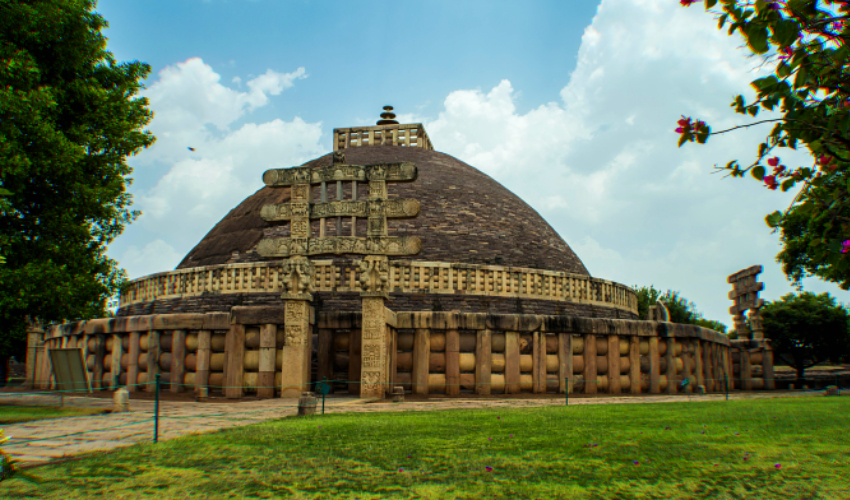
|
400 BC to 1001 AD |
| The Dissent of the ‘Nastika’ in Early India | |
| 600CE-1200CE | |
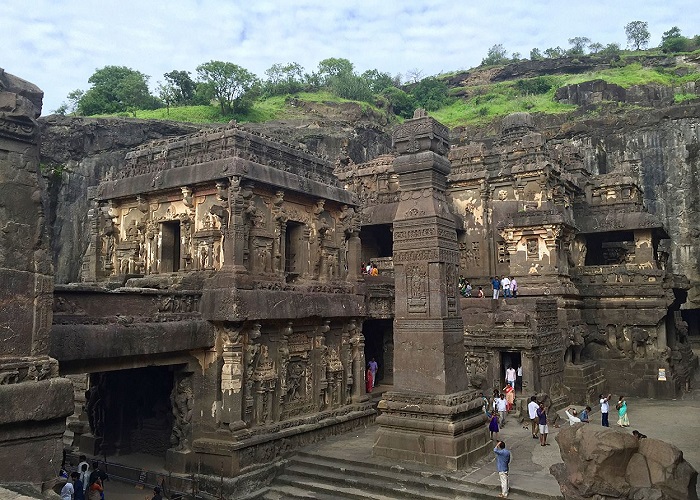
|
600CE-1200CE |
| The Other Side of the Vindhyas: An Alternative History of Power | |
| c. 700 - 1400 AD | |
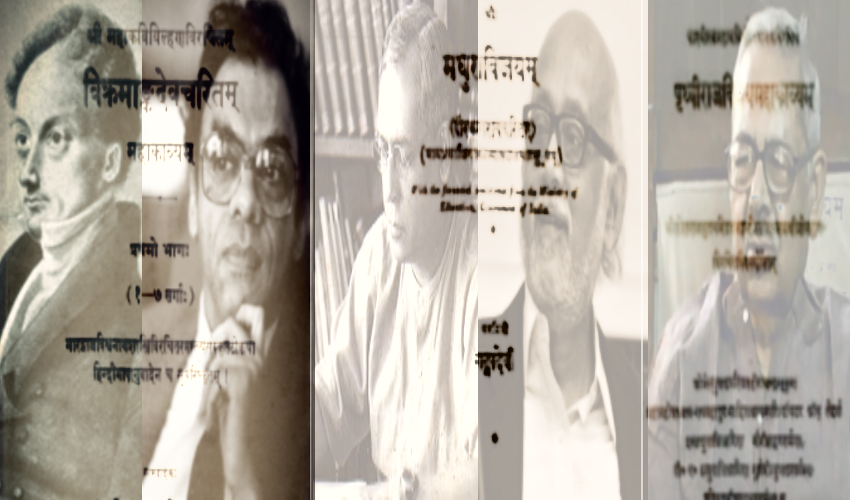
|
c. 700 - 1400 AD |
| A Historian Recommends: Representing the ‘Other’ in Indian History | |
| c. 800 - 900 CE | |
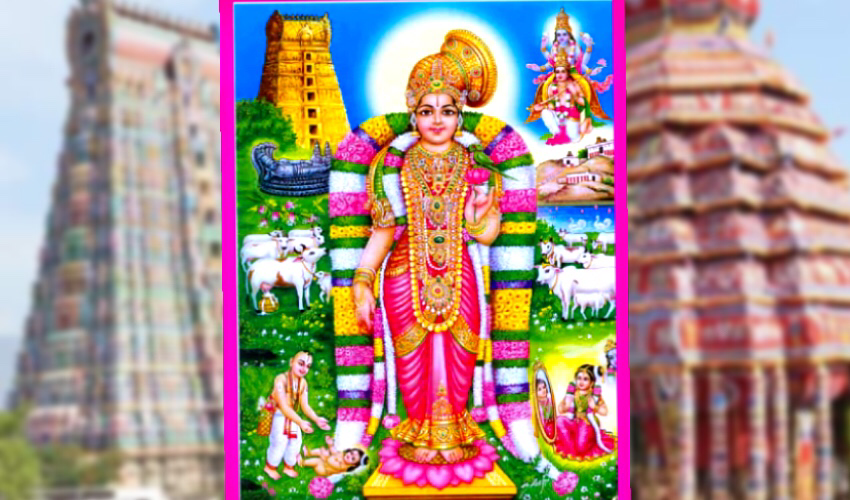
|
c. 800 - 900 CE |
| ‘Drape me in his scent’: Female Sexuality and Devotion in Andal, the Goddess | |
| 1192 | |
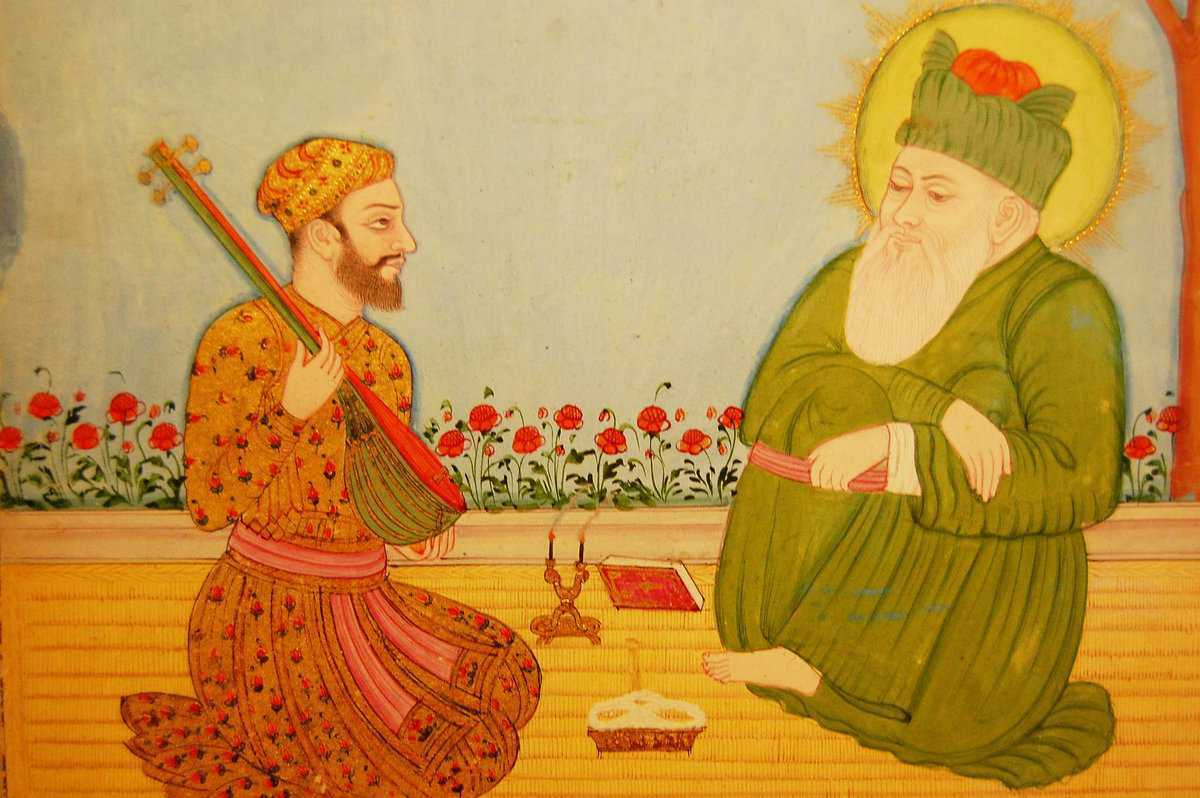
|
1192 |
| Sufi Silsilahs: The Mystic Orders in India | |
| 1200 - 1850 | |

|
1200 - 1850 |
| Temples, deities, and the law. | |
| c. 1500 - 1600 AD | |
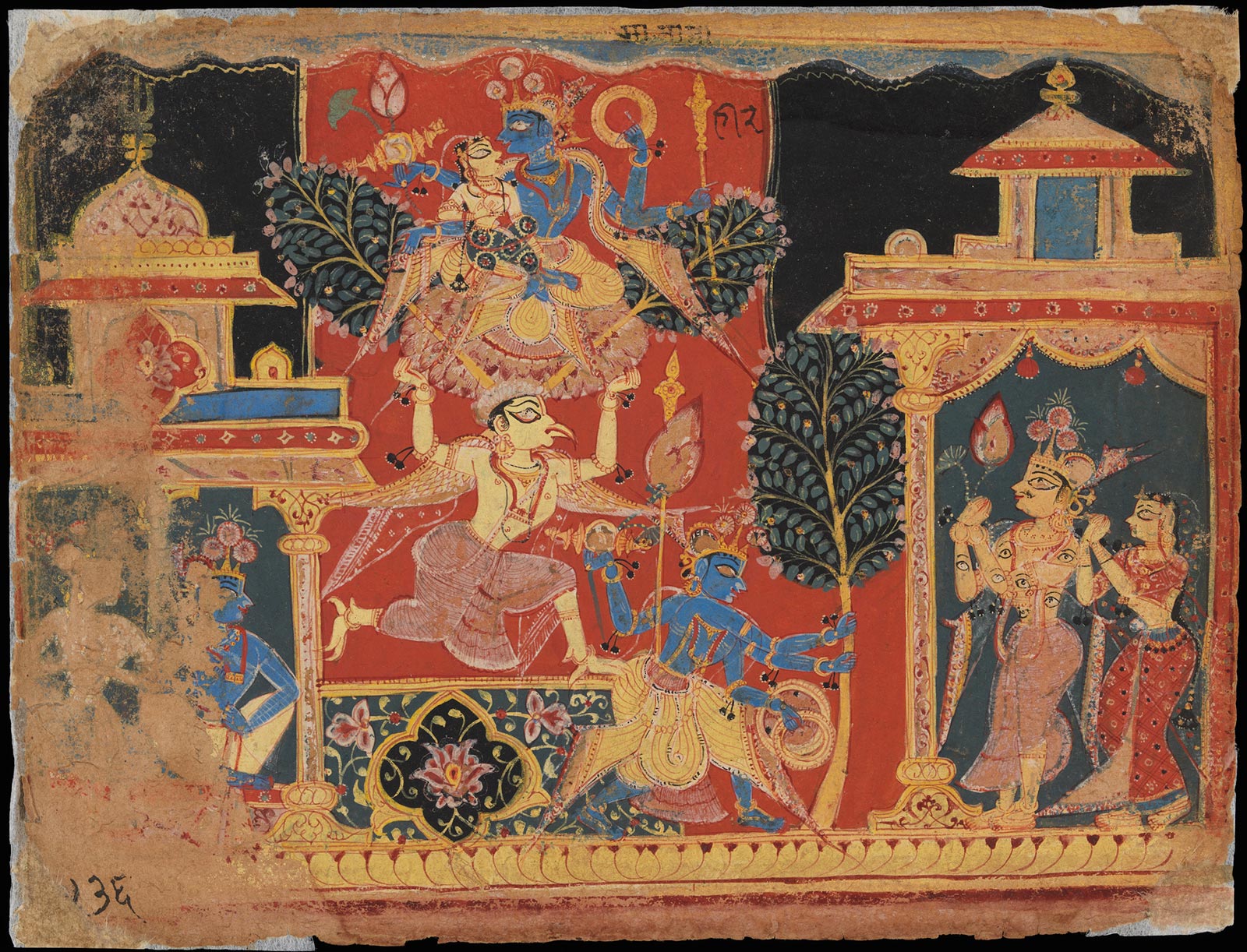
|
c. 1500 - 1600 AD |
| A Historian Recommends: Religion in Mughal India | |
| 1200-2020 | |
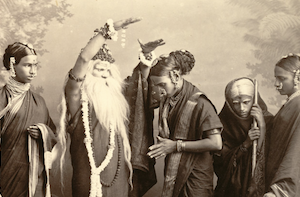
|
1200-2020 |
| Policing Untouchables and Producing Tamasha in Maharashtra | |
| 1530-1858 | |

|
1530-1858 |
| Rajputs, Mughals and the Handguns of Hindustan | |
| 1575 | |
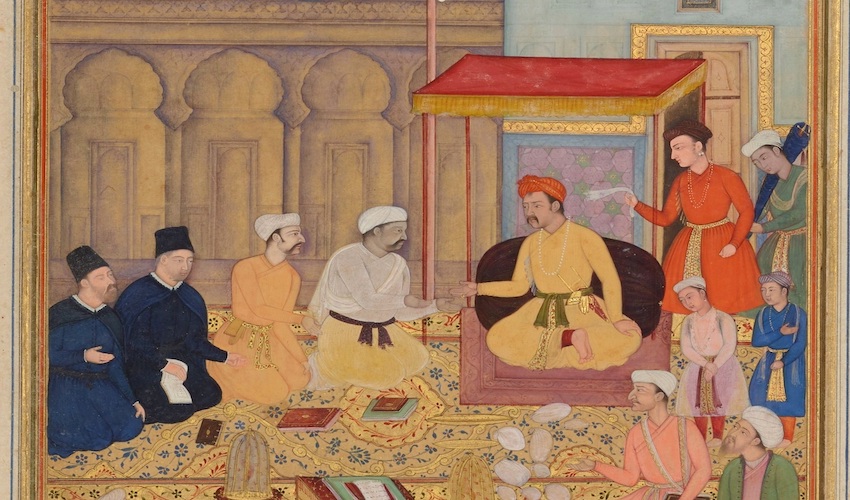
|
1575 |
| Abdul Qadir Badauni & Abul Fazl: Two Mughal Intellectuals in King Akbar‘s Court | |
| 1579 | |
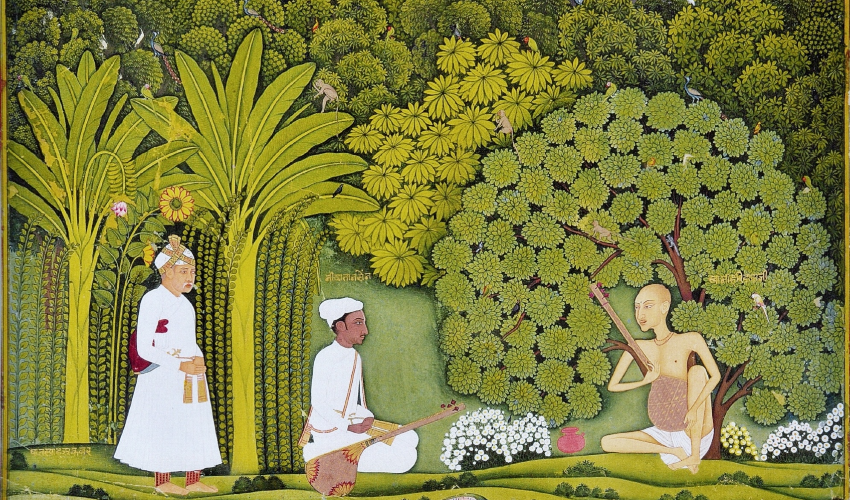
|
1579 |
| Padshah-i Islam | |
| 1550-1800 | |
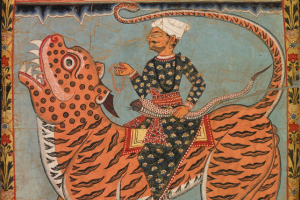
|
1550-1800 |
| Who are the Bengal Muslims? : Conversion and Islamisation in Bengal | |
| c. 1600 CE-1900 CE | |

|
c. 1600 CE-1900 CE |
| The Birth of a Community: UP’s Ghazi Miyan and Narratives of ‘Conquest’ | |
| 1553 - 1900 | |
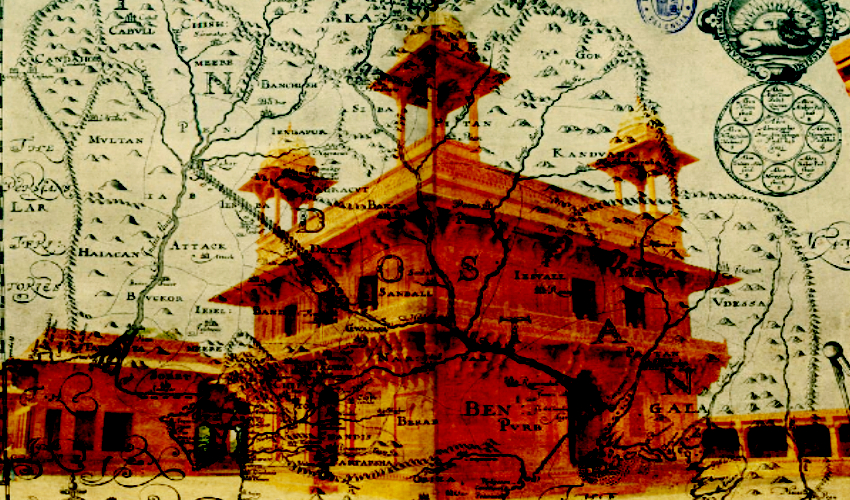
|
1553 - 1900 |
| What Happened to ‘Hindustan’? | |
| 1630-1680 | |
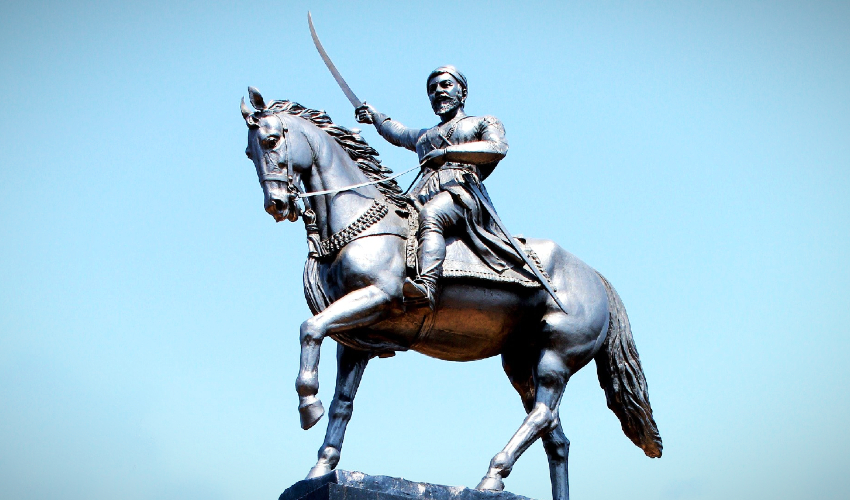
|
1630-1680 |
| Shivaji: Hindutva Icon or Secular Nationalist? | |
| 1630 -1680 | |
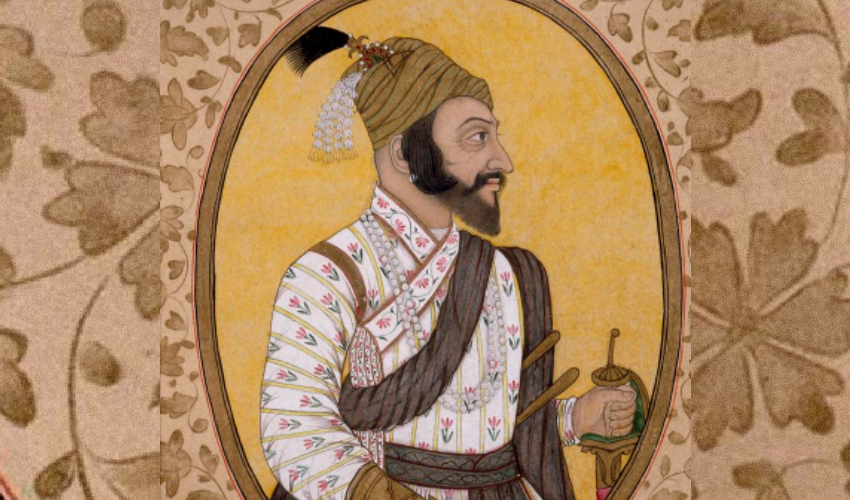
|
1630 -1680 |
| Shivaji: His Legacy & His Times | |
| c. 1724 – 1857 A.D. | |

|
c. 1724 – 1857 A.D. |
| Bahu Begum and the Gendered Struggle for Power | |
| 1818 - Present | |
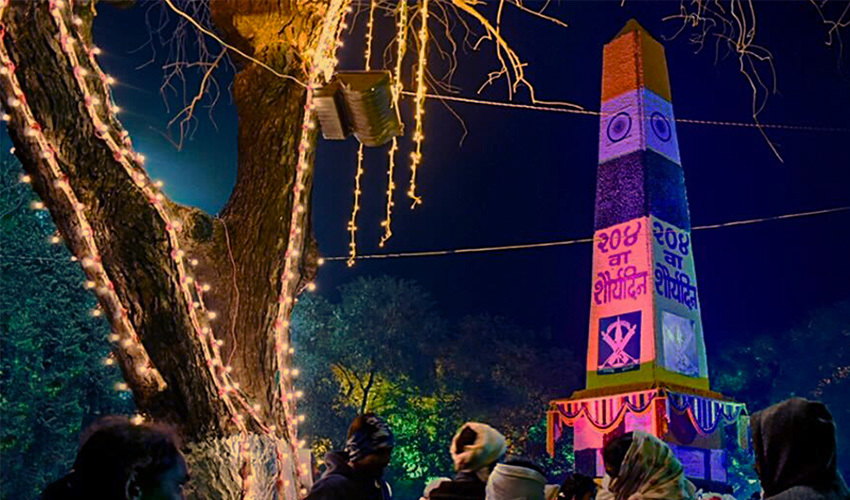
|
1818 - Present |
| The Contesting Memories of Bhima-Koregaon | |
| 1831 | |
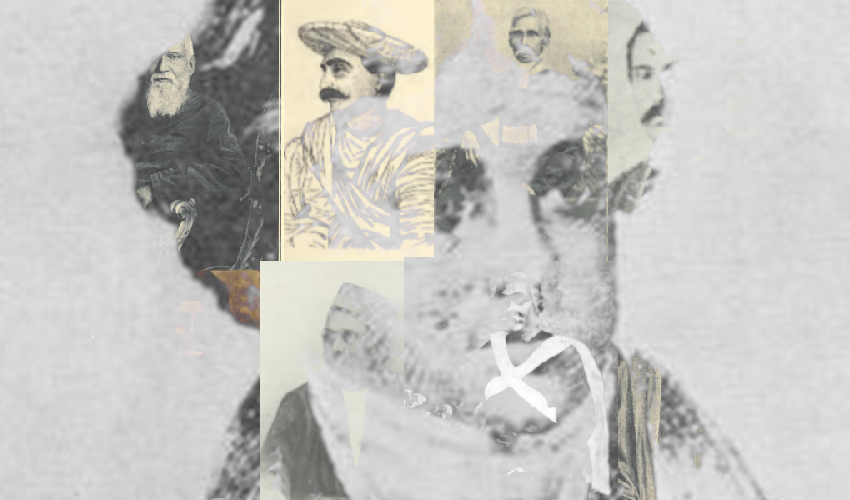
|
1831 |
| The Derozians’ India | |
| 1855 | |
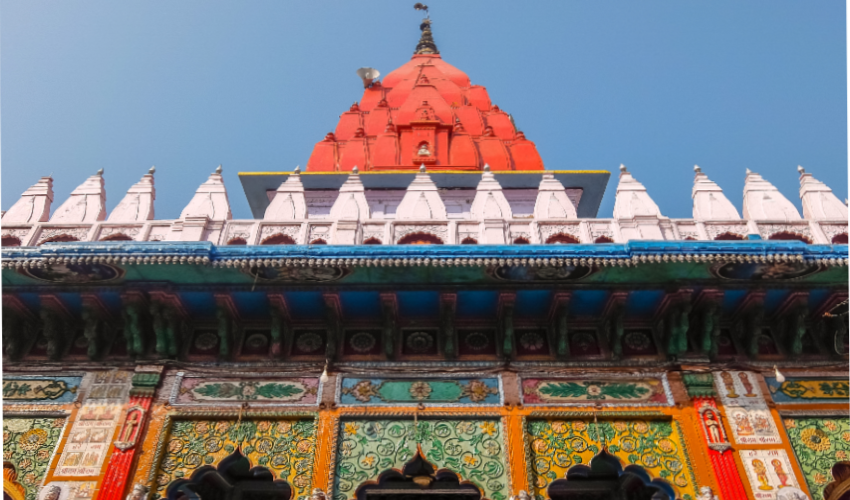
|
1855 |
| Ayodhya 1855 | |
| 1856 | |
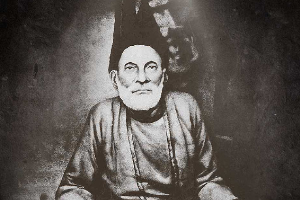
|
1856 |
| “Worshipping the dead is not an auspicious thing” — Ghalib | |
| 1857 | |
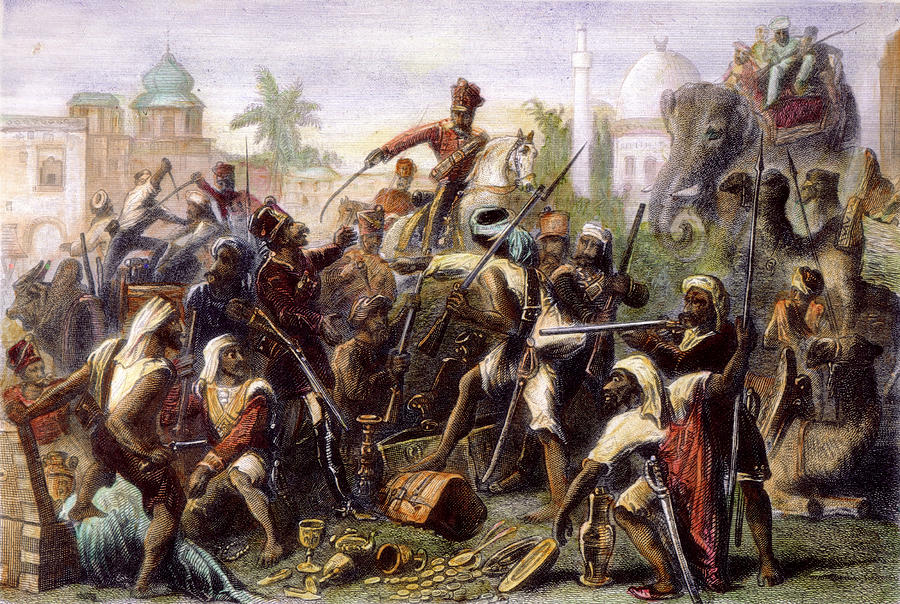
|
1857 |
| A Subaltern speaks: Dalit women’s counter-history of 1857 | |
| 1858 - 1976 | |
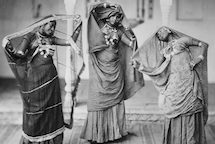
|
1858 - 1976 |
| Lifestyle as Resistance: The Curious Case of the Courtesans of Lucknow | |
| 1883 - 1894 | |
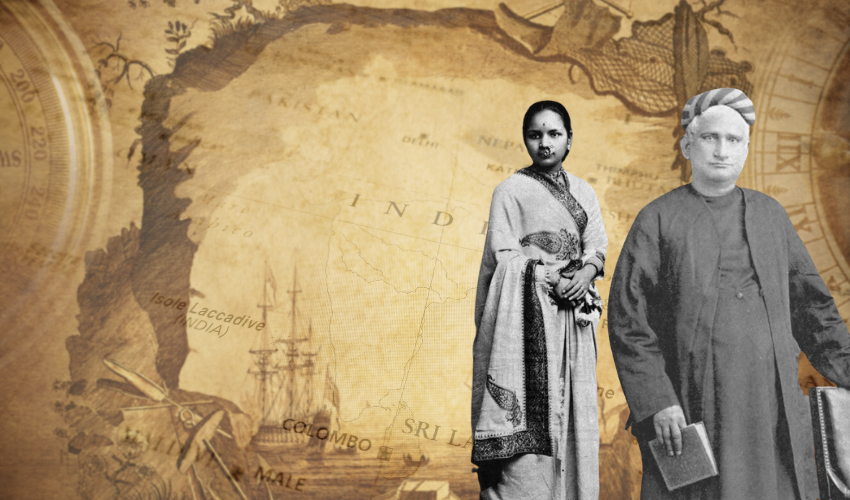
|
1883 - 1894 |
| The Sea Voyage Question: A Nineteenth century Debate | |
| 1887 | |
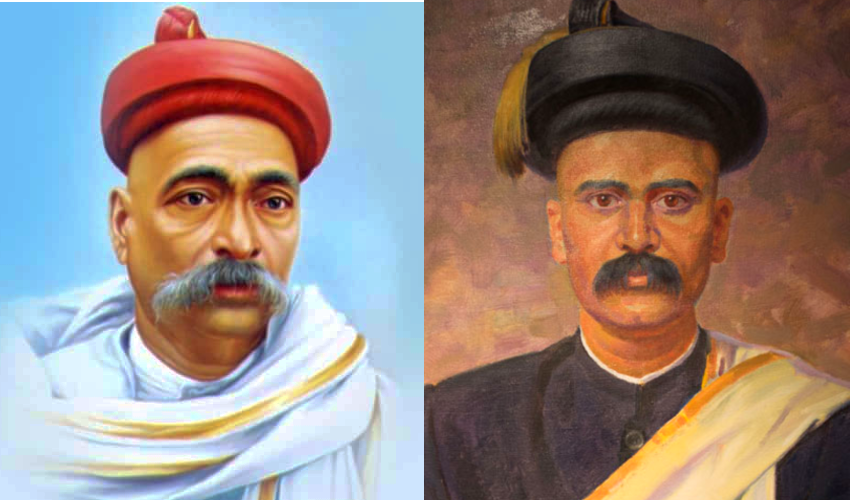
|
1887 |
| The Great Debaters: Tilak Vs. Agarkar | |
| 1893-1946 | |
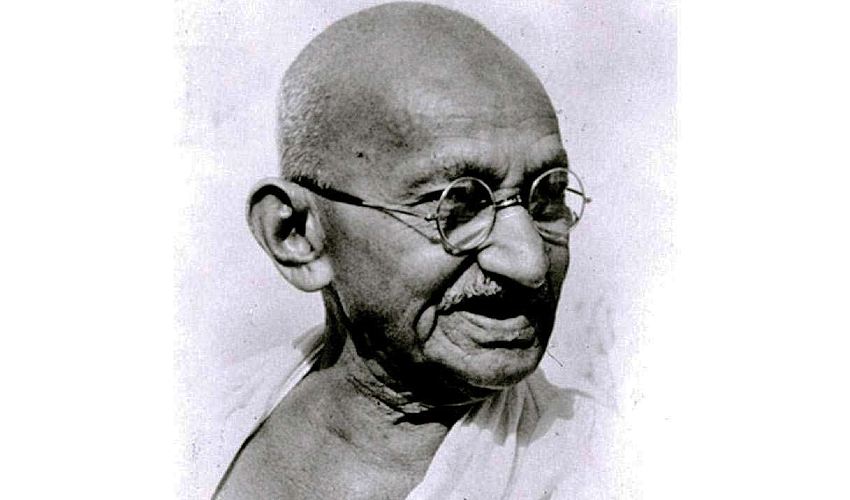
|
1893-1946 |
| A Historian Recommends: Gandhi Vs. Caste | |
| 1897 | |
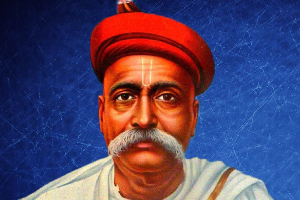
|
1897 |
| Queen Empress vs. Bal Gangadhar Tilak: An Autopsy | |
| 1913 - 1916 Modern Review | |
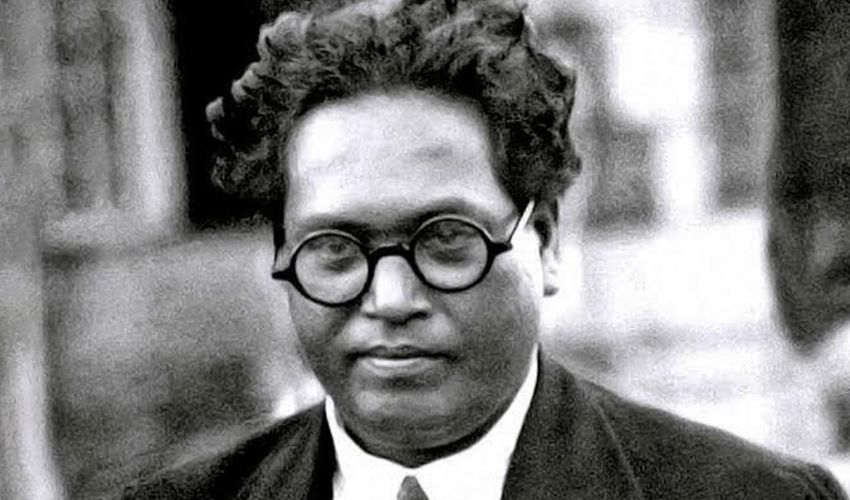
|
1913 - 1916 |
| A Young Ambedkar in New York | |
| 1916 | |
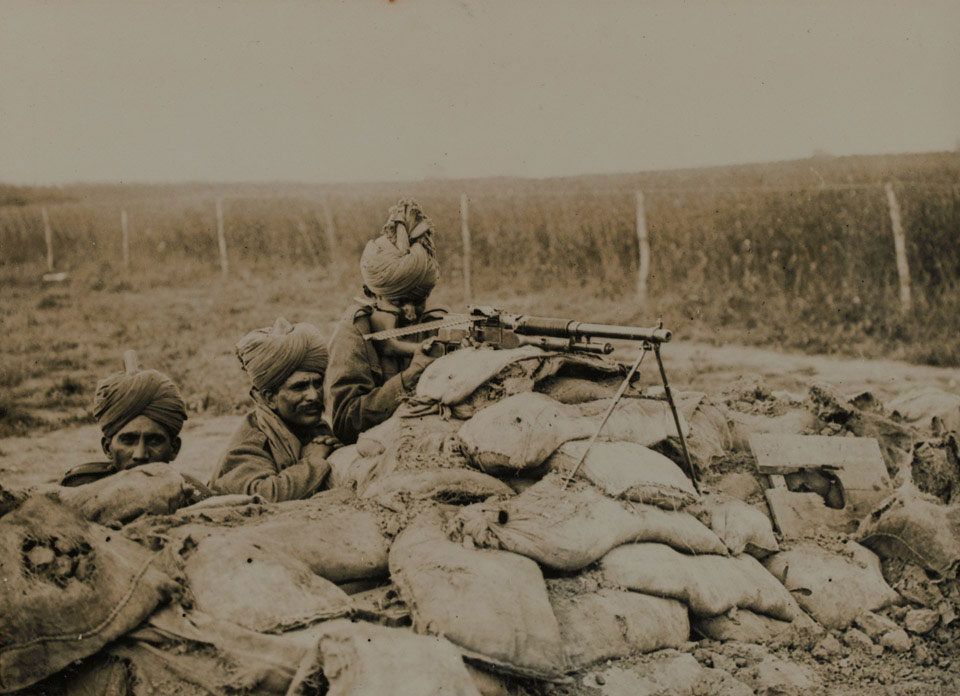
|
1916 |
| A Rare Account of World War I by an Indian Soldier | |
| 1917 | |
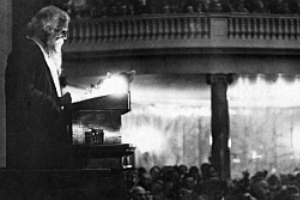
|
1917 |
| On Nationalism, by Tagore | |
| 1918 - 1919 | |

|
1918 - 1919 |
| What Happened to the Virus That Caused the World’s Deadliest Pandemic? | |
| 1920 - 1947 | |

|
1920 - 1947 |
| How One Should Celebrate Diwali, According to Gandhi | |
| 1921 | |
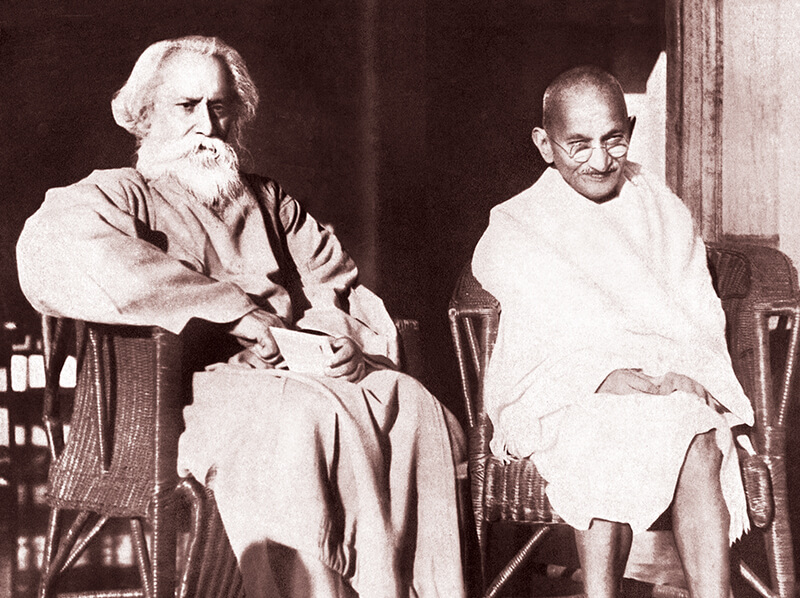
|
1921 |
| Great Debates: Tagore Vs. Gandhi (1921) | |
| 1921 - 2015 | |
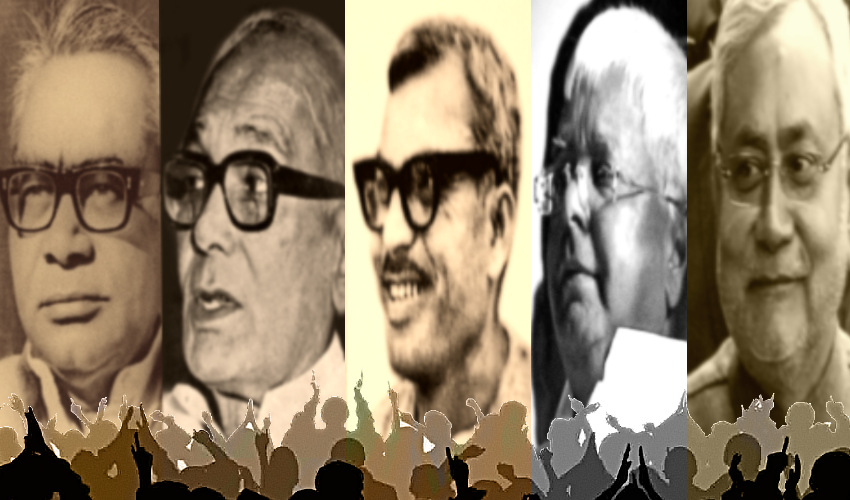
|
1921 - 2015 |
| A History of Caste Politics and Elections in Bihar | |
| 1915-1921 | |
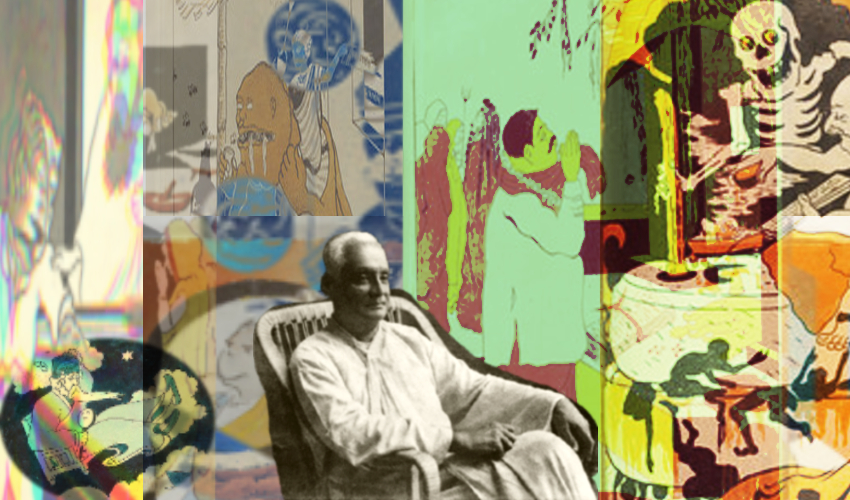
|
1915-1921 |
| The Satirical Genius of Gaganendranath Tagore | |
| 1924-1937 | |

|
1924-1937 |
| What were Gandhi’s Views on Religious Conversion? | |
| 1900-1950 | |
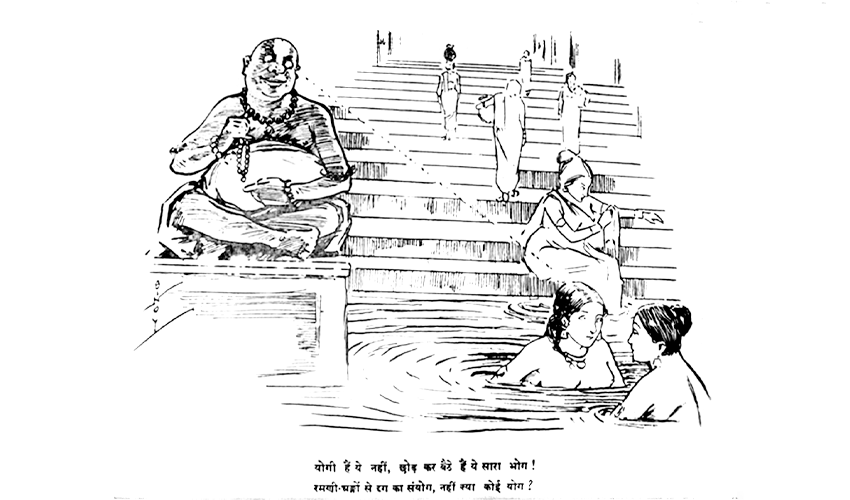
|
1900-1950 |
| Gazing at the Woman’s Body: Historicising Lust and Lechery in a Patriarchal Society | |
| 1925, 1926 | |
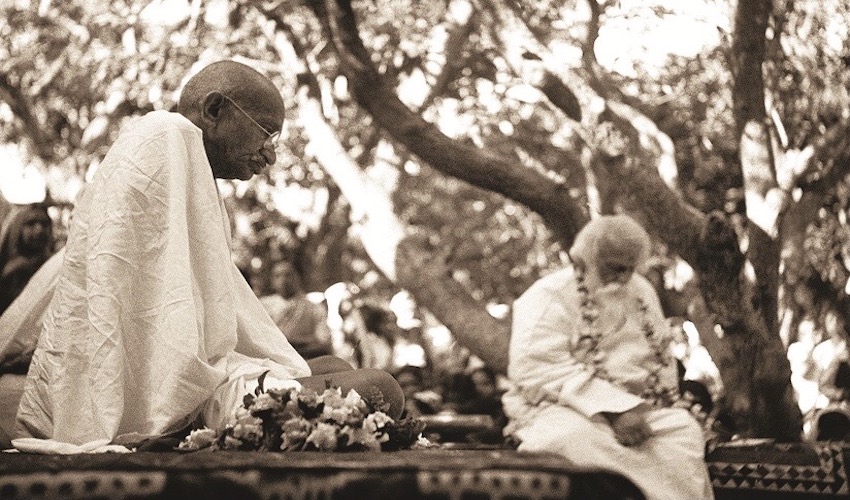
|
1925, 1926 |
| Great Debates: Tagore vs Gandhi (1925-1926) | |
| 1928 | |
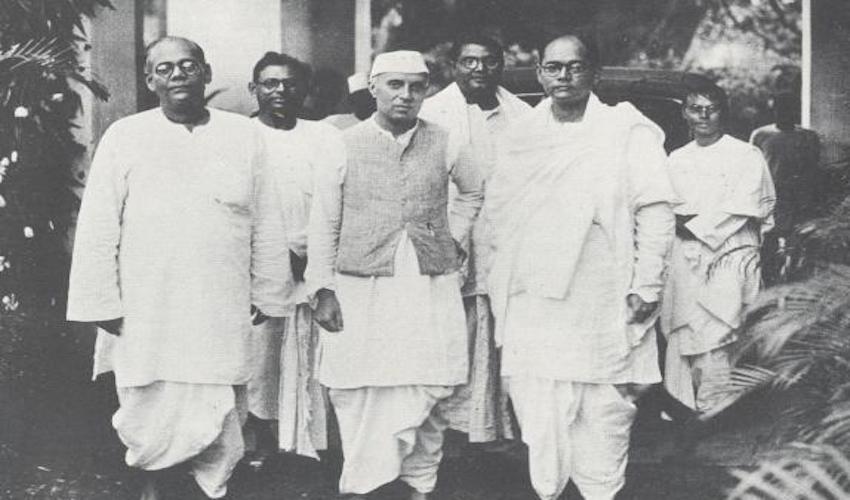
|
1928 |
| Bhagat Singh’s dilemma: Nehru or Bose? | |
| 1930 Modern Review | |
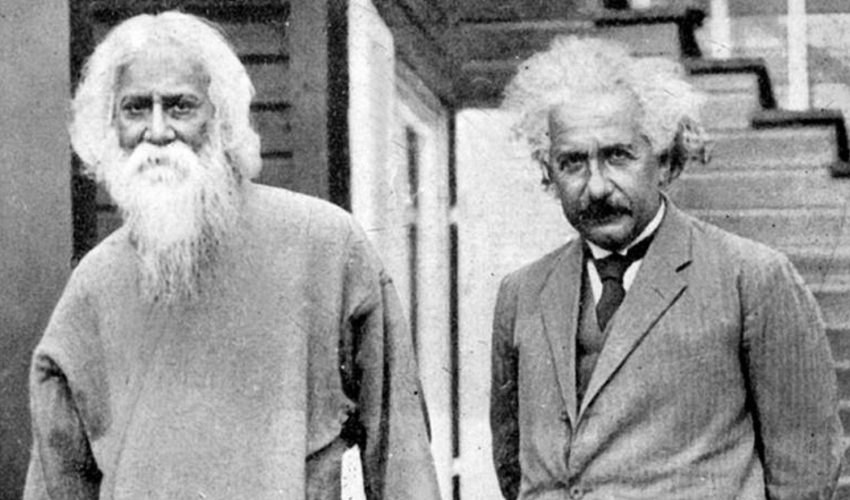
|
1930 |
| The Modern Review Special: On the Nature of Reality | |
| 1932 | |
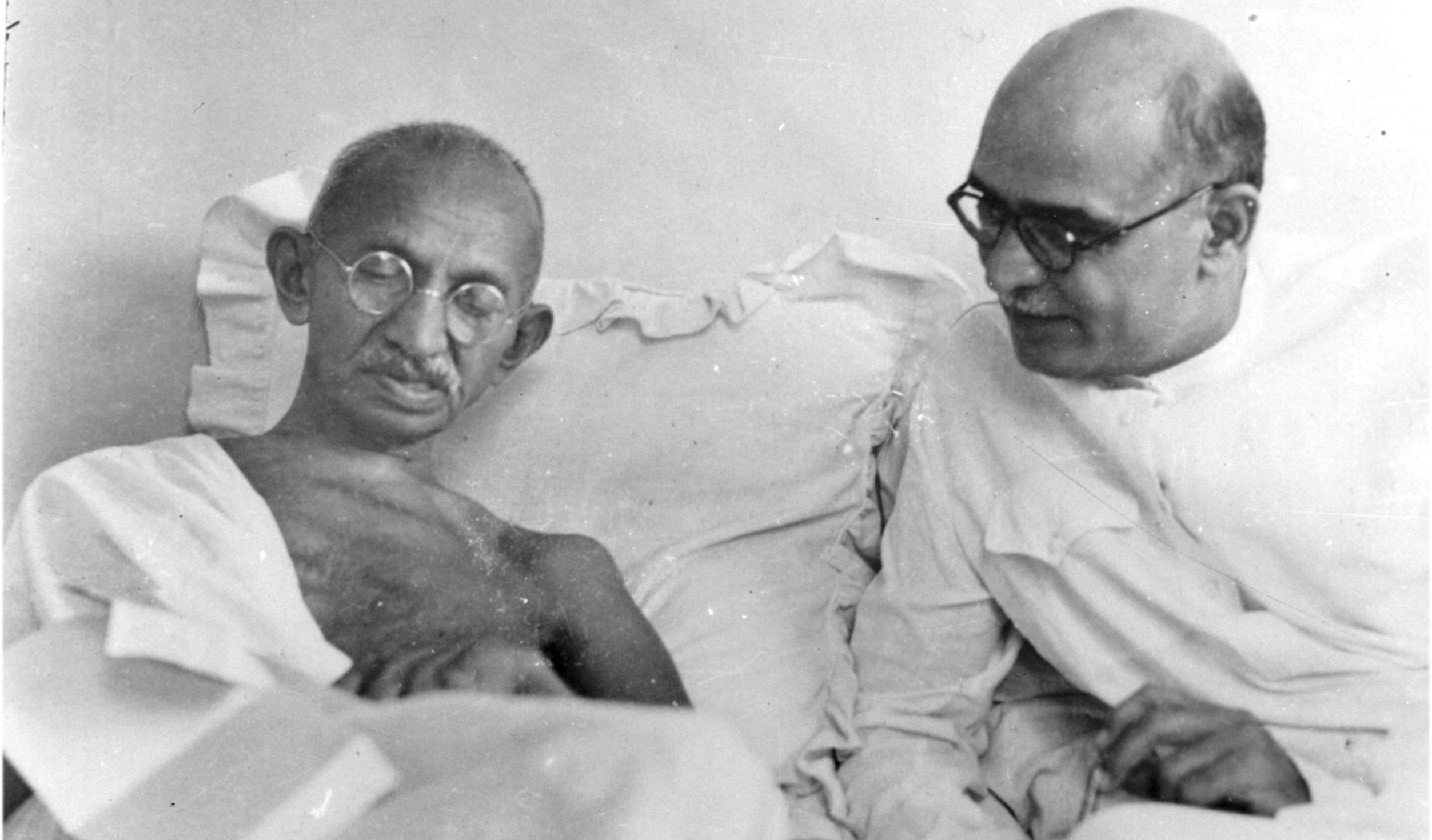
|
1932 |
| Caste, Gandhi and the Man Beside Gandhi | |
| 1933 - 1991 | |

|
1933 - 1991 |
| Raghubir Sinh: The Prince Who Would Be Historian | |
| 1935 | |
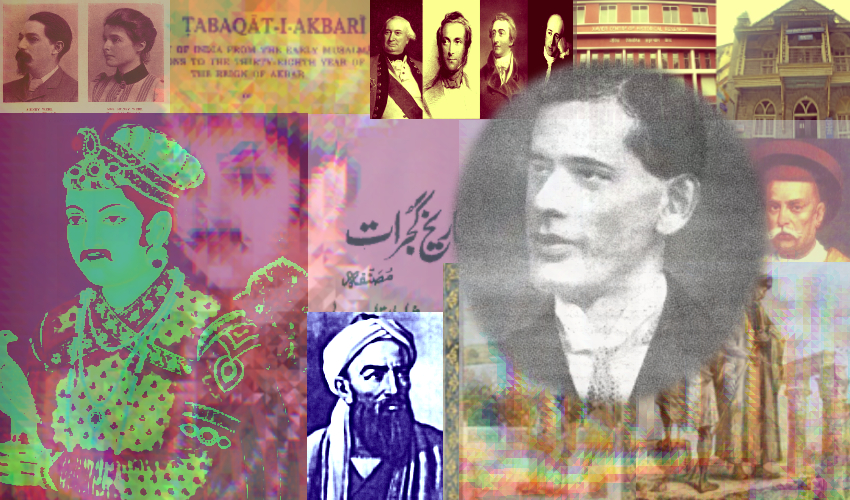
|
1935 |
| A Historian Recommends: SA Khan’s Timeless Presidential Address | |
| 1865-1928 | |
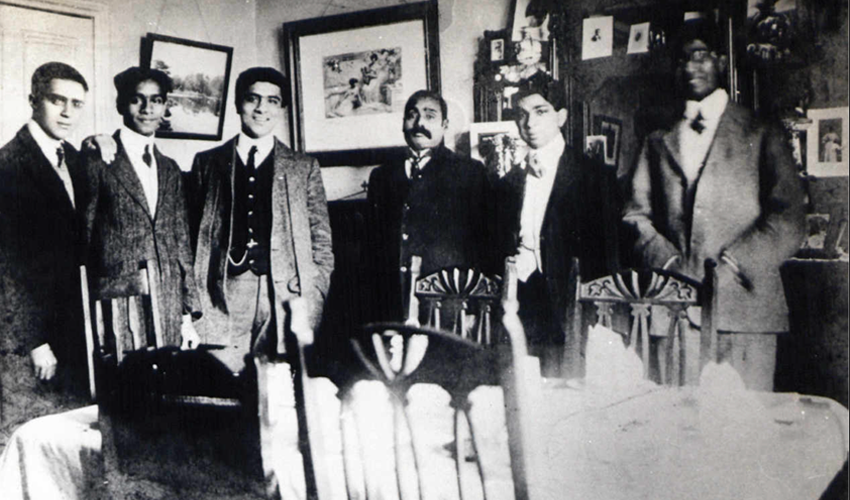
|
1865-1928 |
| Understanding Lajpat Rai’s Hindu Politics and Secularism | |
| 1935 Modern Review | |
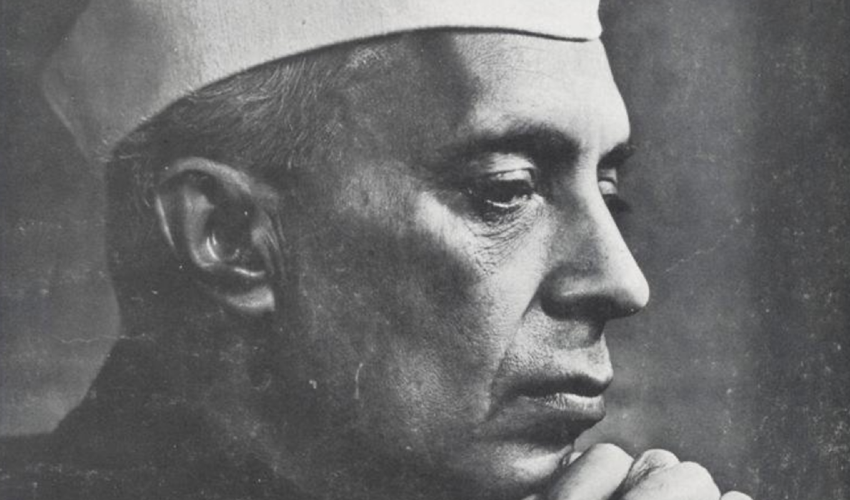
|
1935 |
| The Modern Review Special: The Mind of a Judge | |
| 1936 Modern Review | |
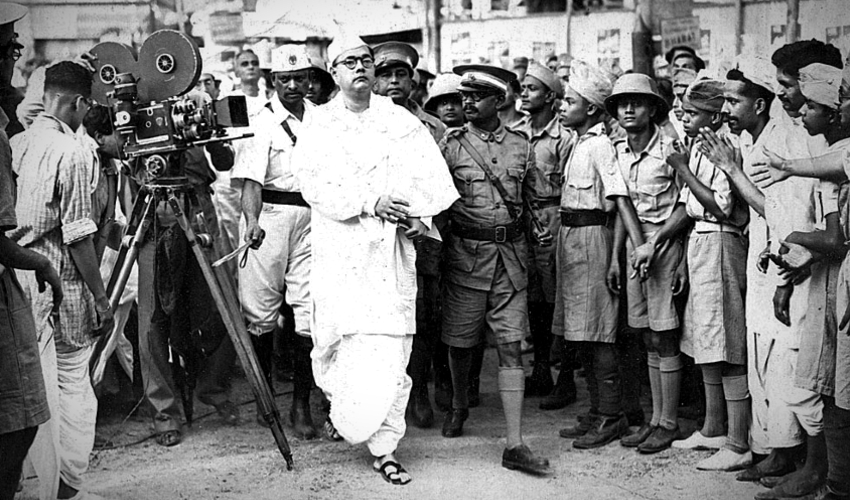
|
1936 |
| The Modern Review Special: When Netaji Subhas Bose Was Wrongfully Detained for ‘Terrorism’ | |
| 1936 | |

|
1936 |
| Annihilation of Caste: Part 1 | |
| 1936 Modern Review | |

|
1936 |
| The Modern Review Special: An Indian MP in the British Parliament | |
| 1936 | |

|
1936 |
| Annihilation of Caste: Part 2 | |
| 1936 | |

|
1936 |
| A Reflection of His Age: Munshi Premchand on the True Purpose of Literature | |
| 1936 Modern Review | |
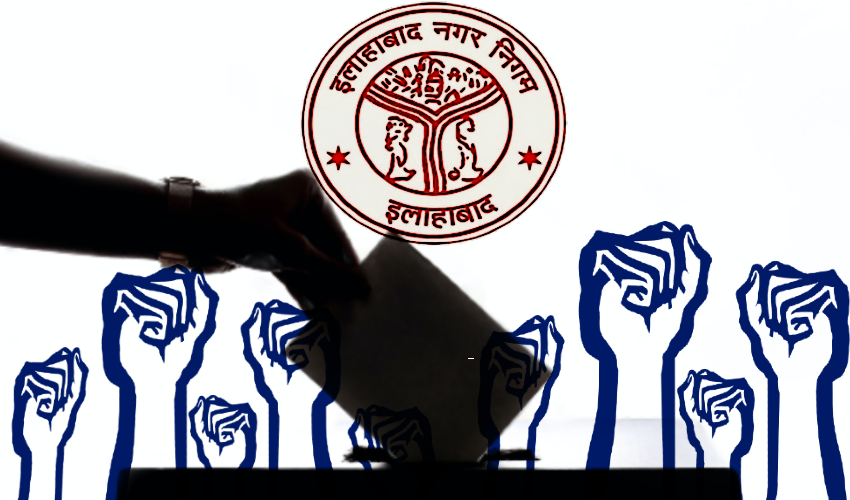
|
1936 |
| The Modern Review Special: The Defeat of a Dalit Candidate in a 1936 Municipal Election | |
| 1937 Modern Review | |
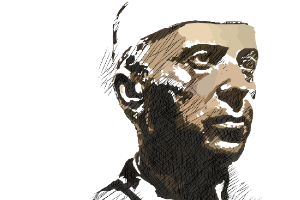
|
1937 |
| The Modern Review Special: Rashtrapati | |
| 1938 | |
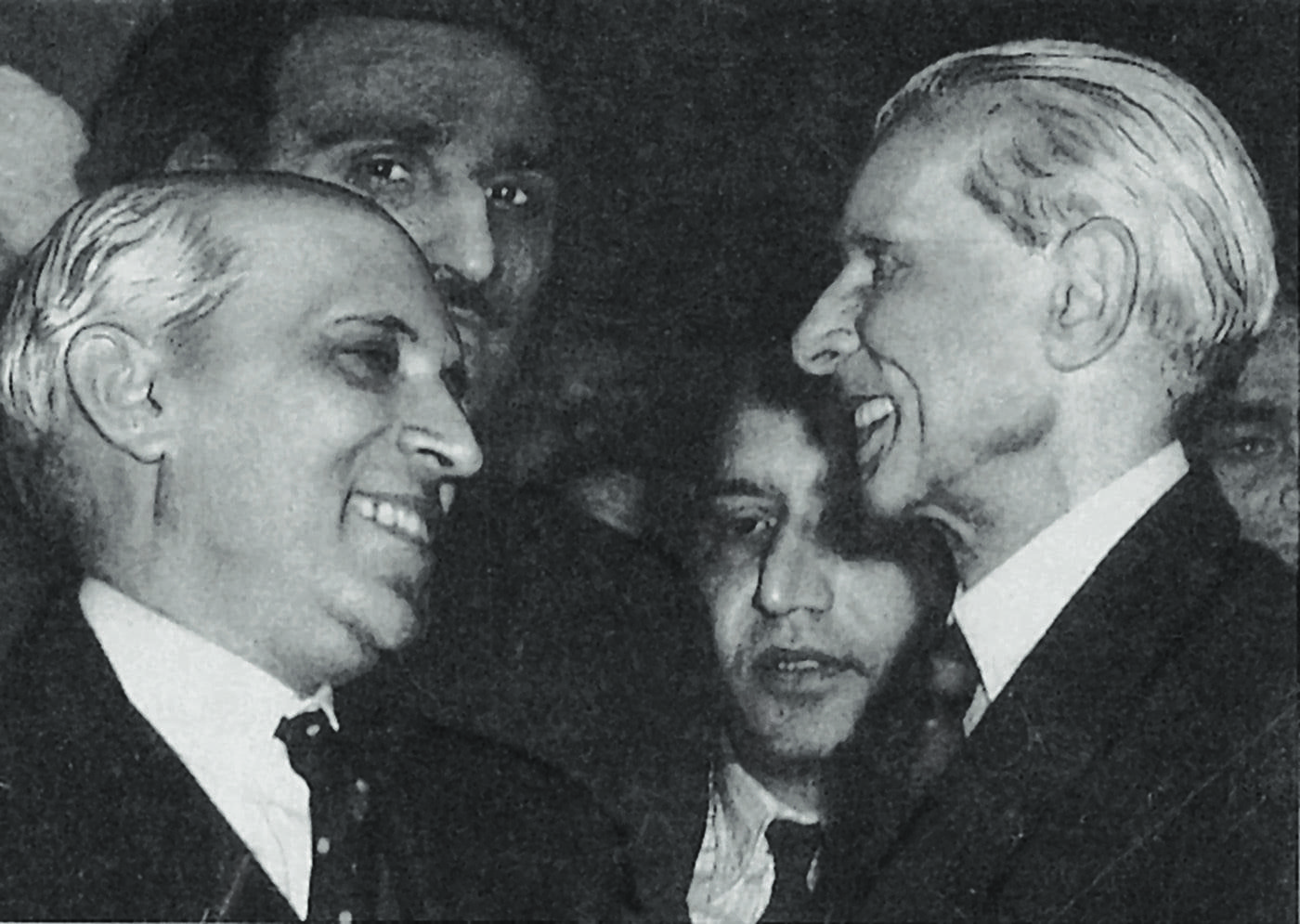
|
1938 |
| Great Debates: Nehru Vs. Jinnah (1938) | |
| 1942 Modern Review | |
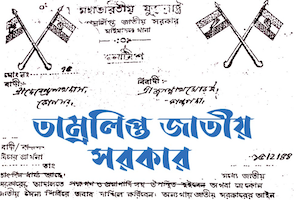
|
1942 |
| IHC Uncovers: A Parallel Government In British India (Part 1) | |
| 1943-1945 | |
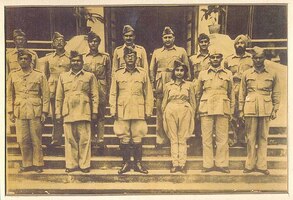
|
1943-1945 |
| Origin Of The Azad Hind Fauj | |
| 1942-1945 | |

|
1942-1945 |
| IHC Uncovers: A Parallel Government in British India (Part 2) | |
| 1946 | |
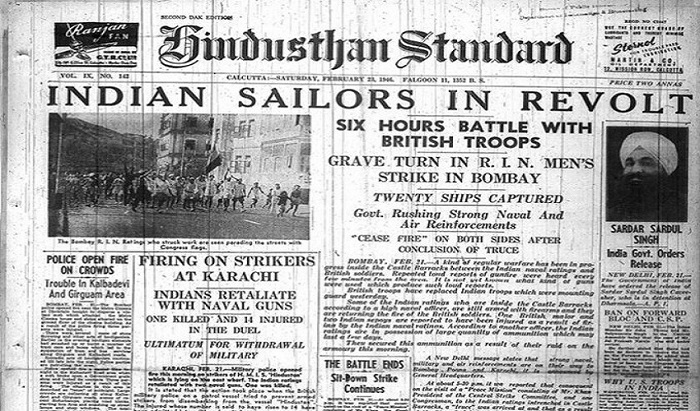
|
1946 |
| Our Last War of Independence: The Royal Indian Navy Mutiny of 1946 | |
| 1946 | |
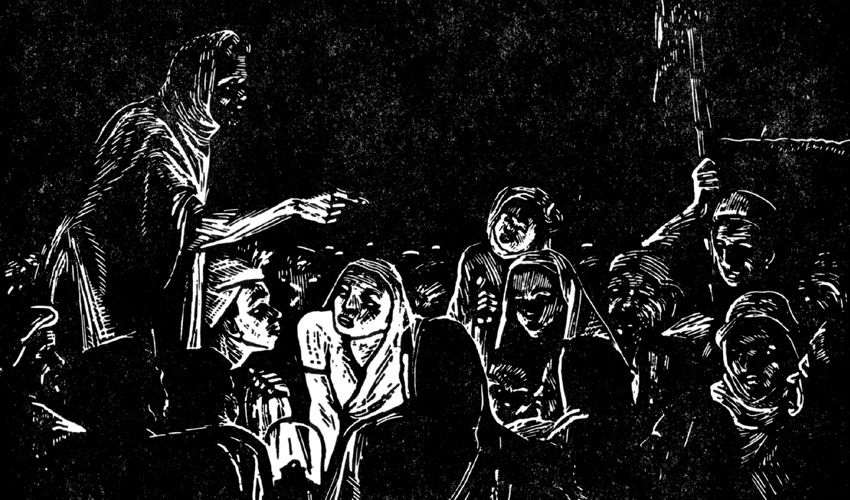
|
1946 |
| An Artist’s Account of the Tebhaga Movement in Pictures And Prose | |
| 1946 – 1947 | |
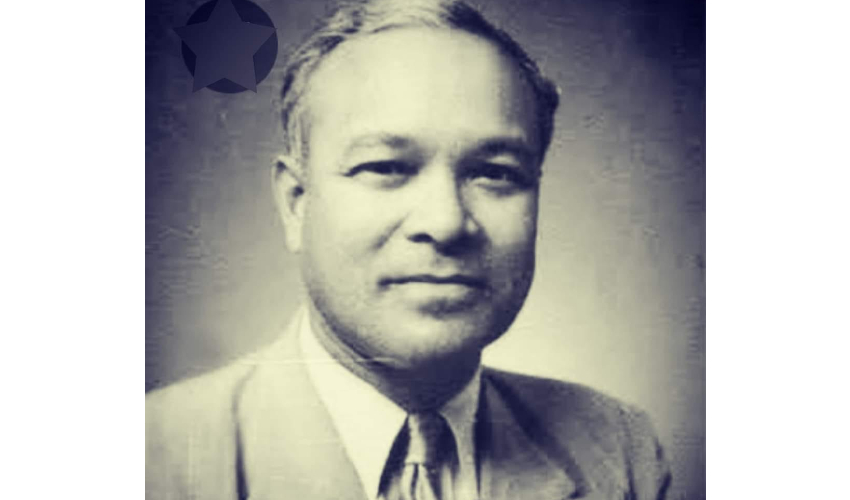
|
1946 – 1947 |
| “The Most Democratic People on Earth” : An Adivasi Voice in the Constituent Assembly | |
| 1946-1947 | |
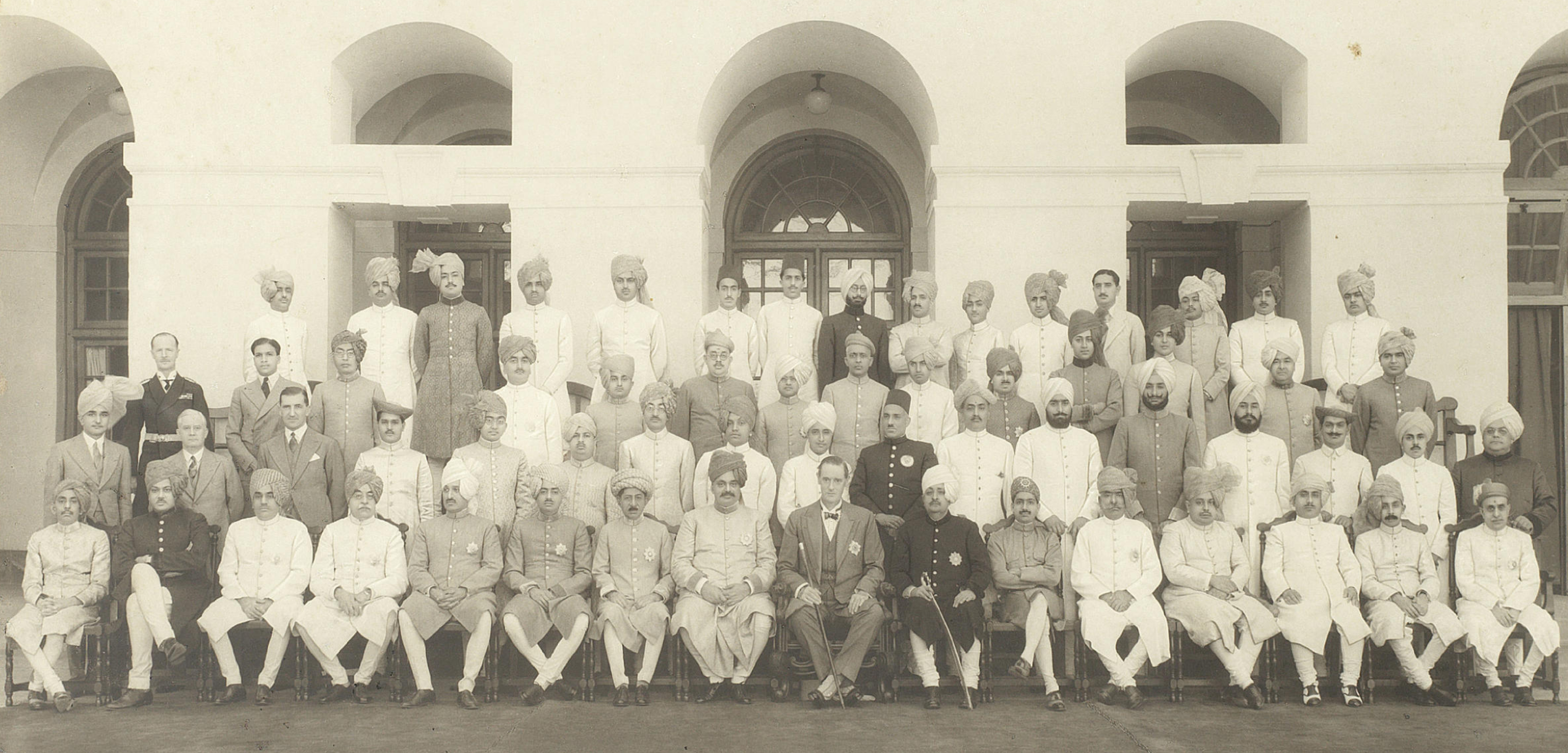
|
1946-1947 |
| VP Menon and the Birth of Independent India | |
| 1916 - 1947 | |
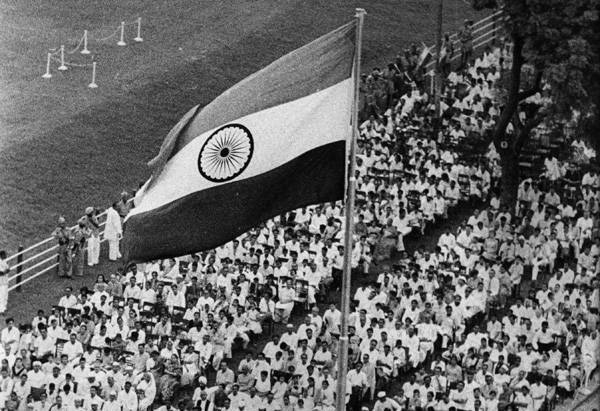
|
1916 - 1947 |
| 8 @ 75: 8 Speeches Independent Indians Must Read | |
| 1947-1951 | |
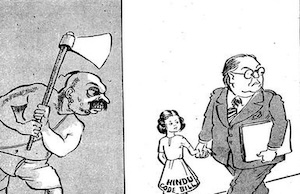
|
1947-1951 |
| Ambedkar Cartoons: The Joke’s On Us | |
| 1948 | |

|
1948 |
| “My Father, Do Not Rest” | |
| 1940-1960 | |

|
1940-1960 |
| Integration Myth: A Silenced History of Hyderabad | |
| 1948 | |
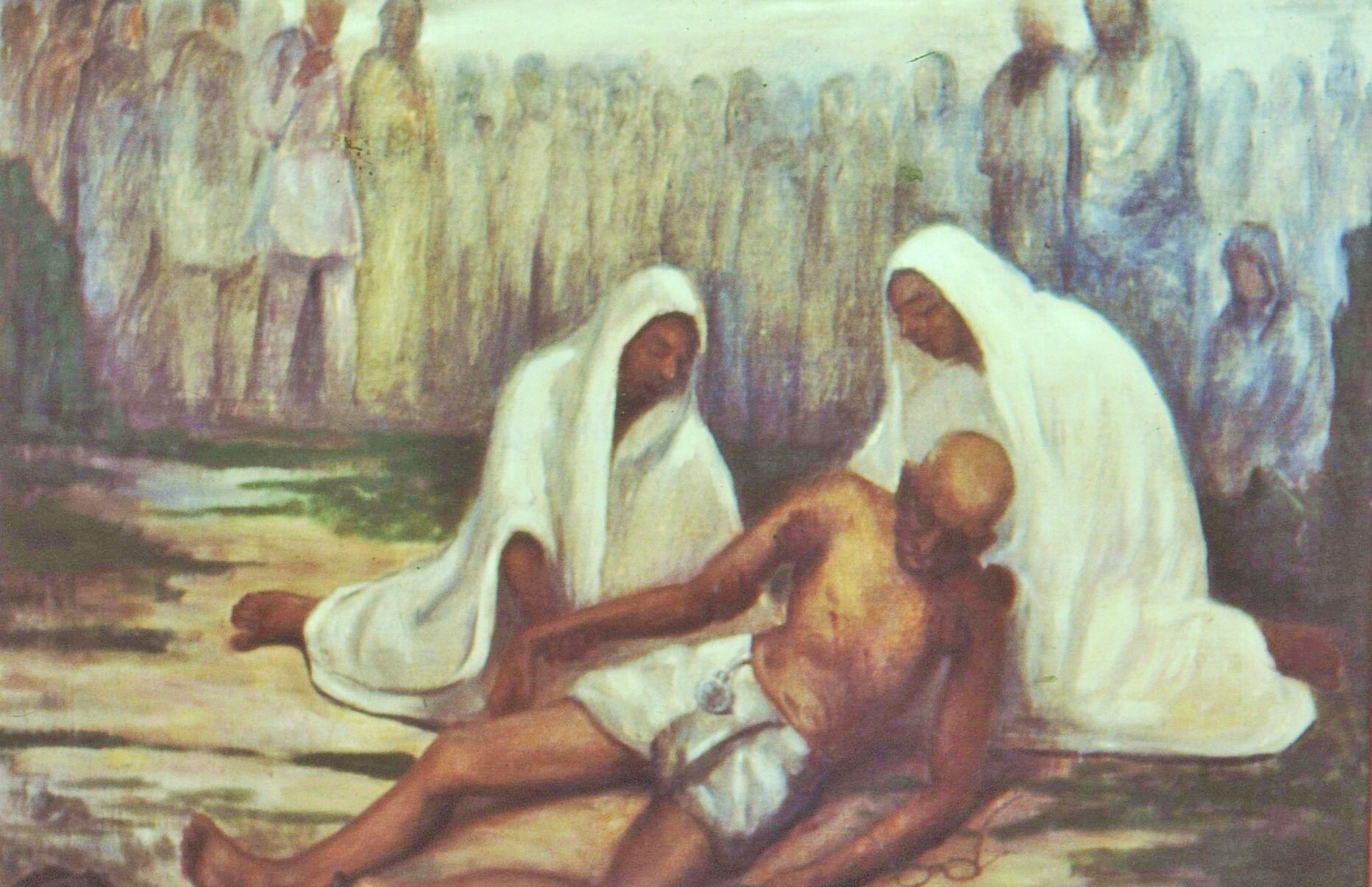
|
1948 |
| The Assassination of a Mahatma, the Princely States and the ‘Hindu’ Nation | |
| 1949 | |
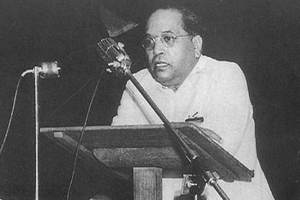
|
1949 |
| Ambedkar warns against India becoming a ‘Democracy in Form, Dictatorship in Fact’ | |
| 1950 | |
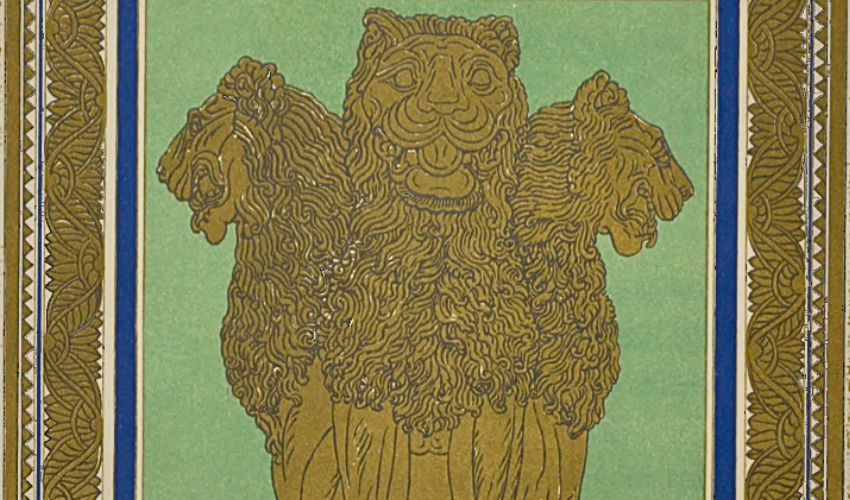
|
1950 |
| Illustrations from the constitution | |
| 1951 | |
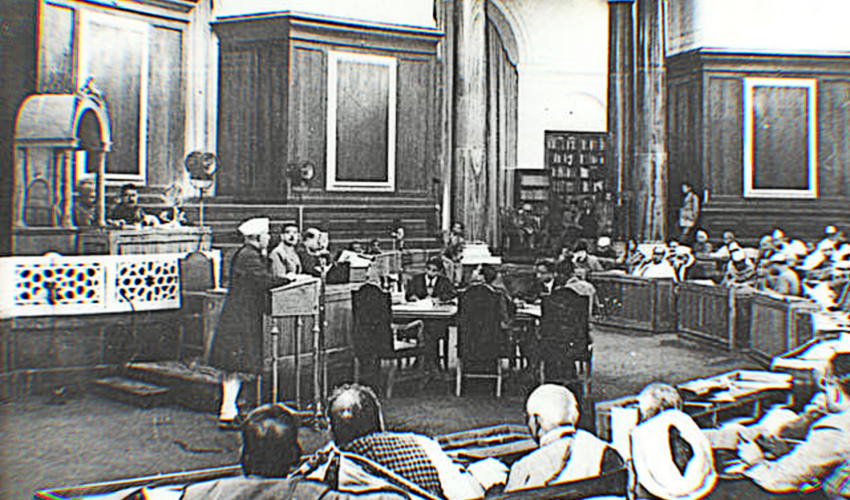
|
1951 |
| How the First Amendment to the Indian Constitution Circumscribed Our Freedoms & How it was Passed | |
| 1967 | |

|
1967 |
| Once Upon A Time In Naxalbari | |
| 1970 | |
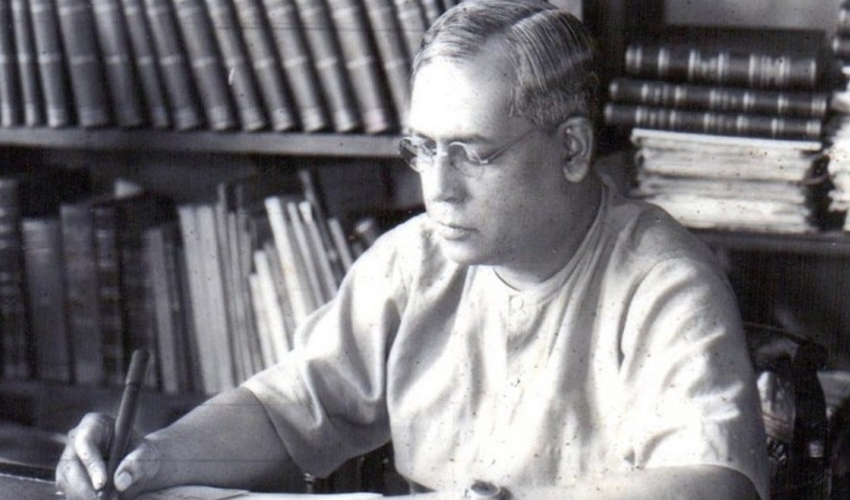
|
1970 |
| R.C. Majumdar on Shortcomings in Indian Historiography | |
| 1973 - 1993 | |
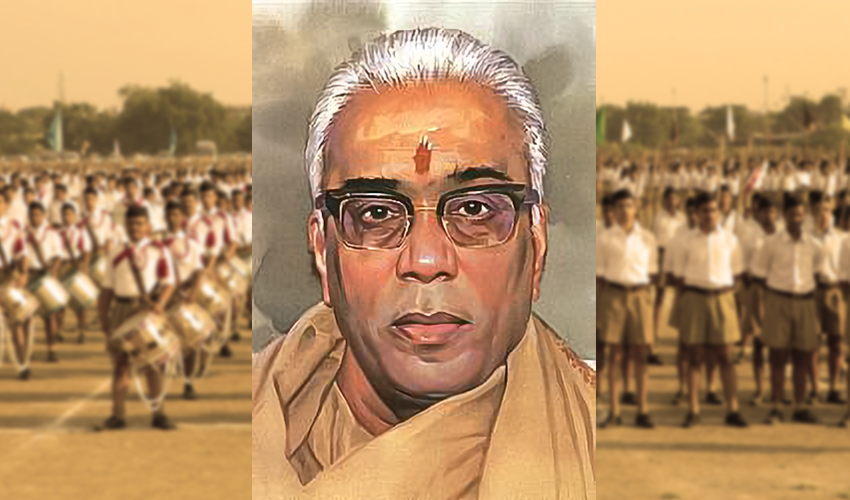
|
1973 - 1993 |
| Balasaheb Deoras: Kingmaker of the Sangh | |
| 1975 | |
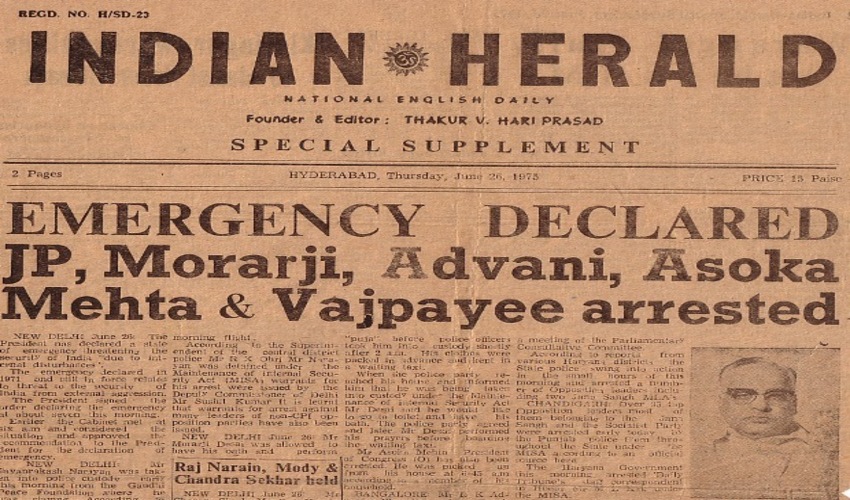
|
1975 |
| The Emergency Package: Shadow Power | |
| 1975 | |
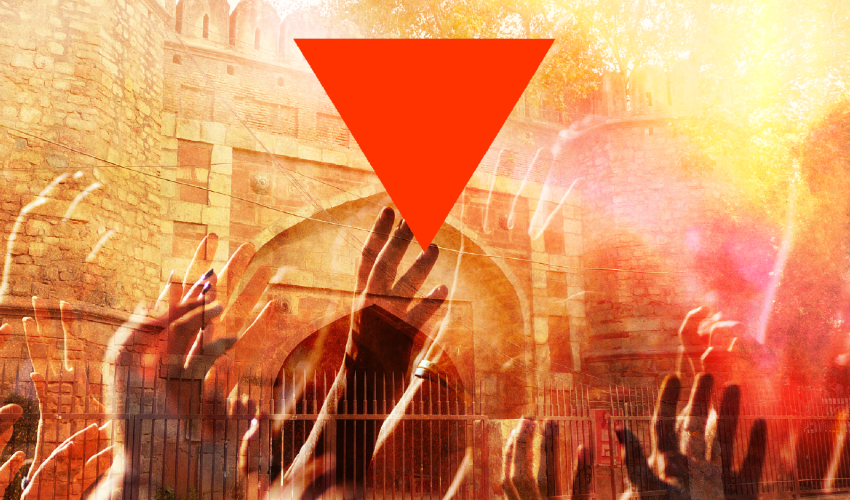
|
1975 |
| The Emergency Package: The Prehistory of Turkman Gate – Population Control | |
| 1977 – 2011 | |
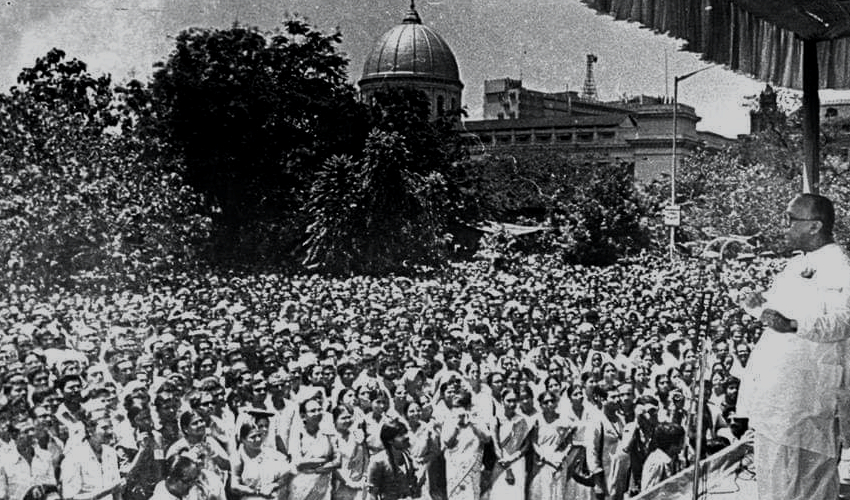
|
1977 – 2011 |
| Power is an Unforgiving Mistress: Lessons from the Decline of the Left in Bengal | |
| 1984 | |
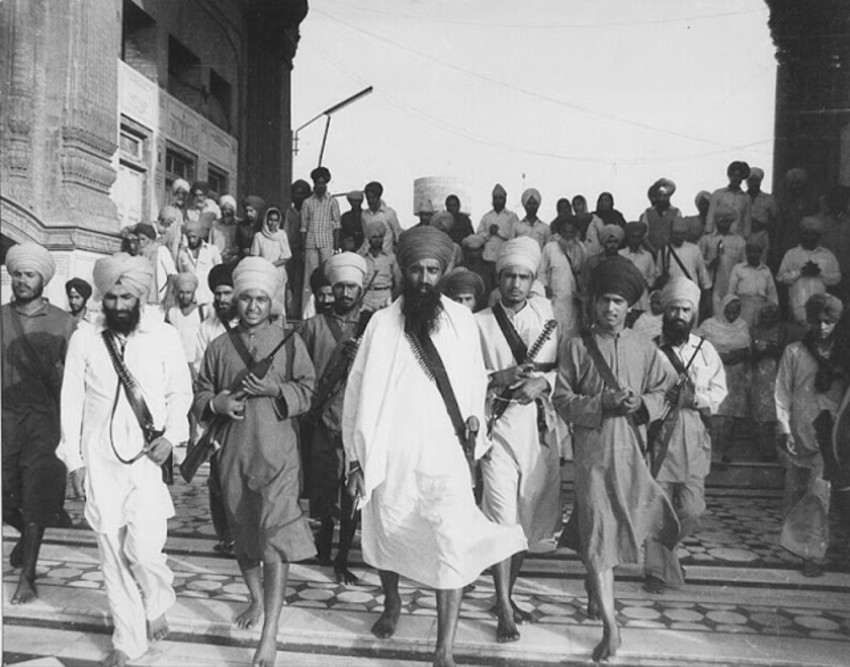
|
1984 |
| Mrs Gandhi’s Final Folly: Operation Blue Star | |
| 1916-2004 | |

|
1916-2004 |
| Amjad Ali Khan on M.S. Subbulakshmi: “A Glorious Chapter for Indian Classical Music” | |
| 2008 | |
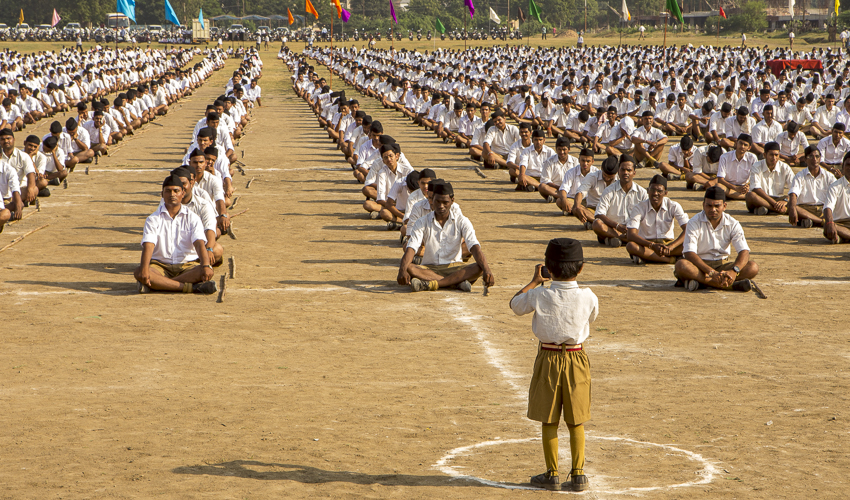
|
2008 |
| Whose History Textbook Is It Anyway? | |
| 2006 - 2009 | |

|
2006 - 2009 |
| Singur-Nandigram-Lalgarh: Movements that Remade Mamata Banerjee | |
| 2020 | |

|
2020 |
| The Indo-China Conflict: 10 Books We Need To Read | |
| 2021 | |
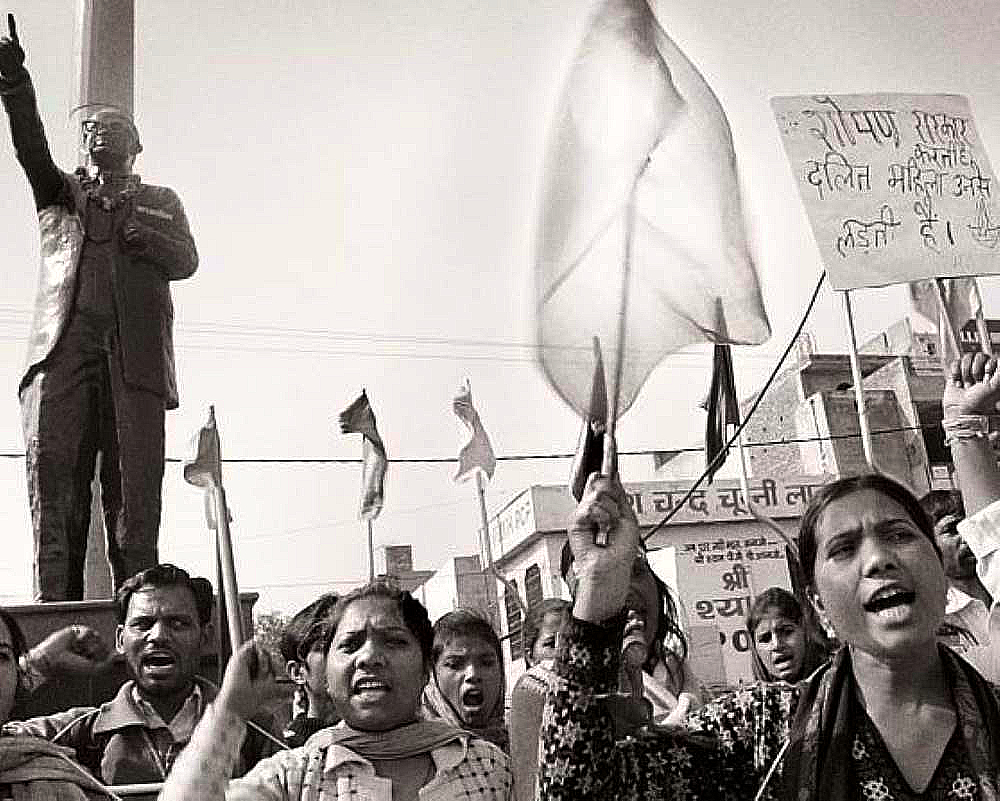
|
2021 |
| Singing/Writing Liberation: Dalit Women’s Narratives | |
Leave a Reply